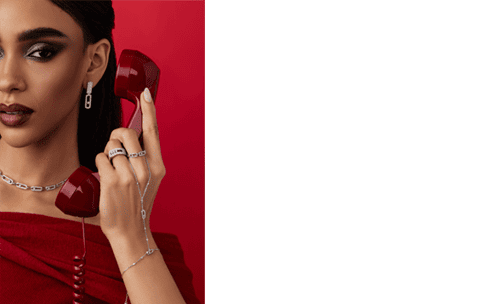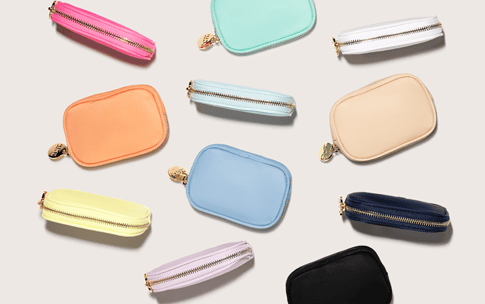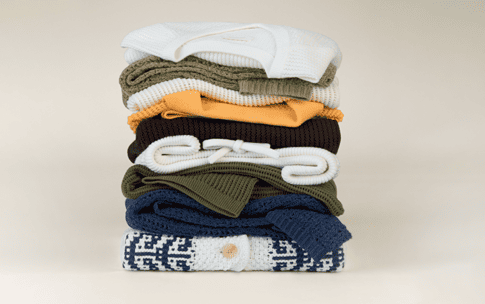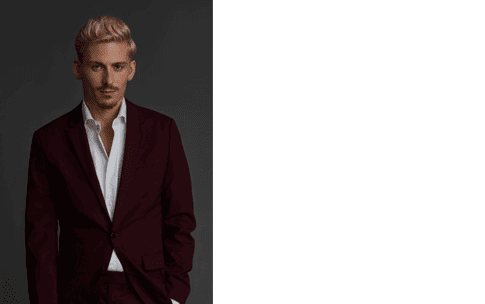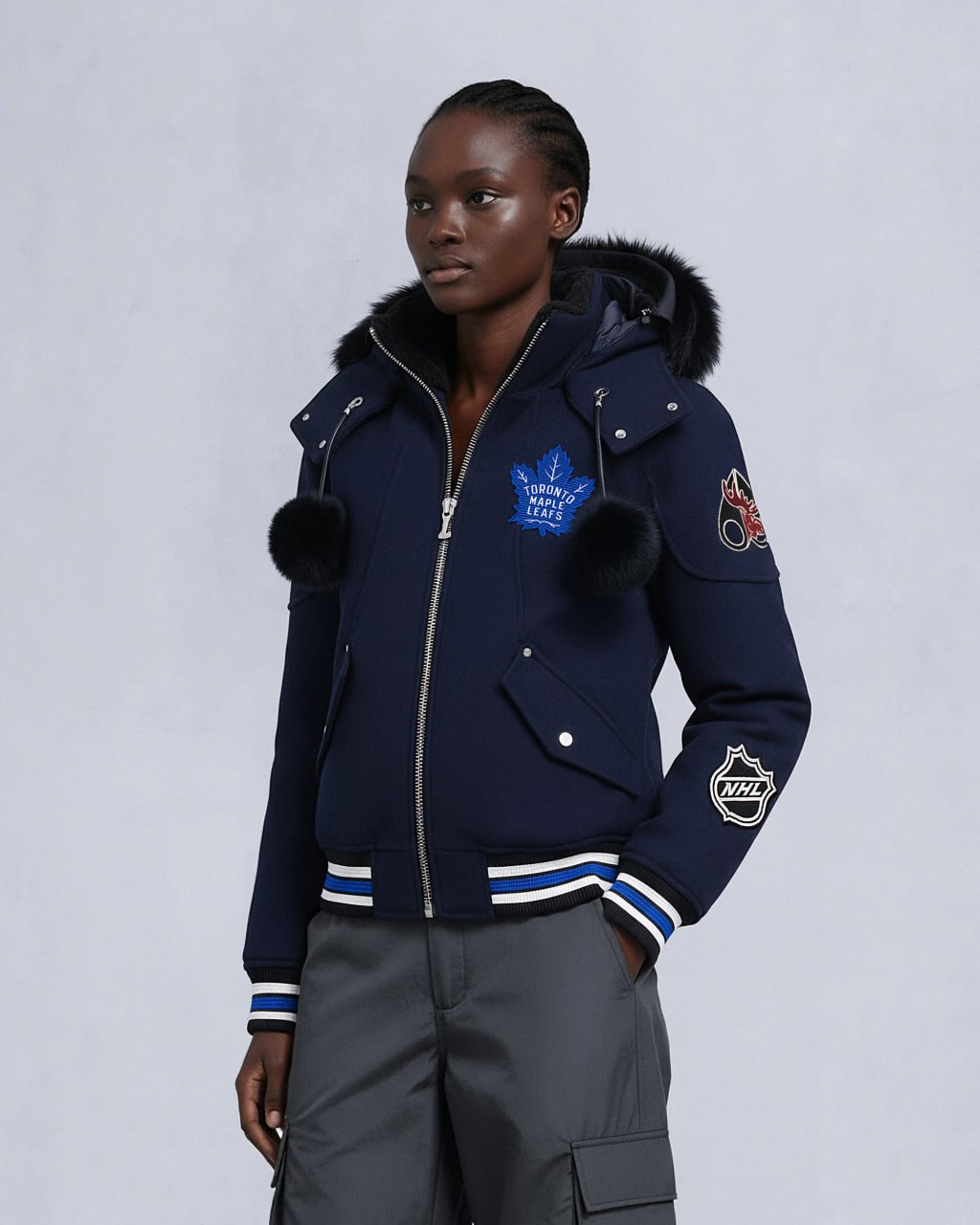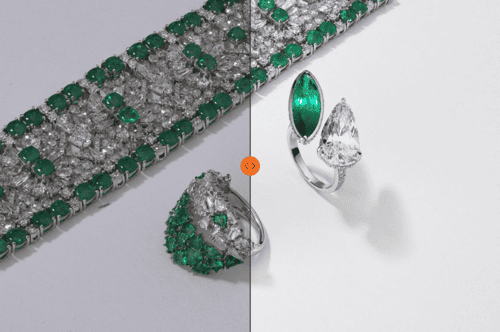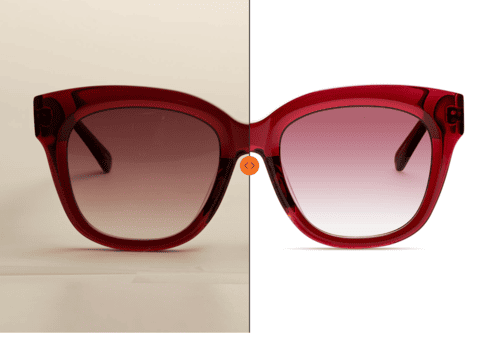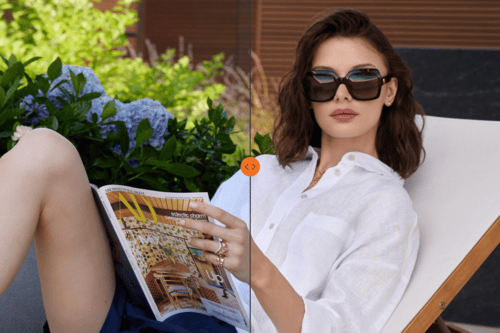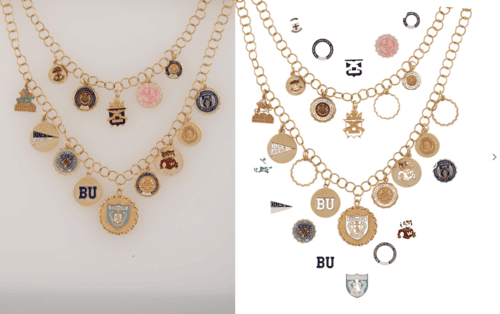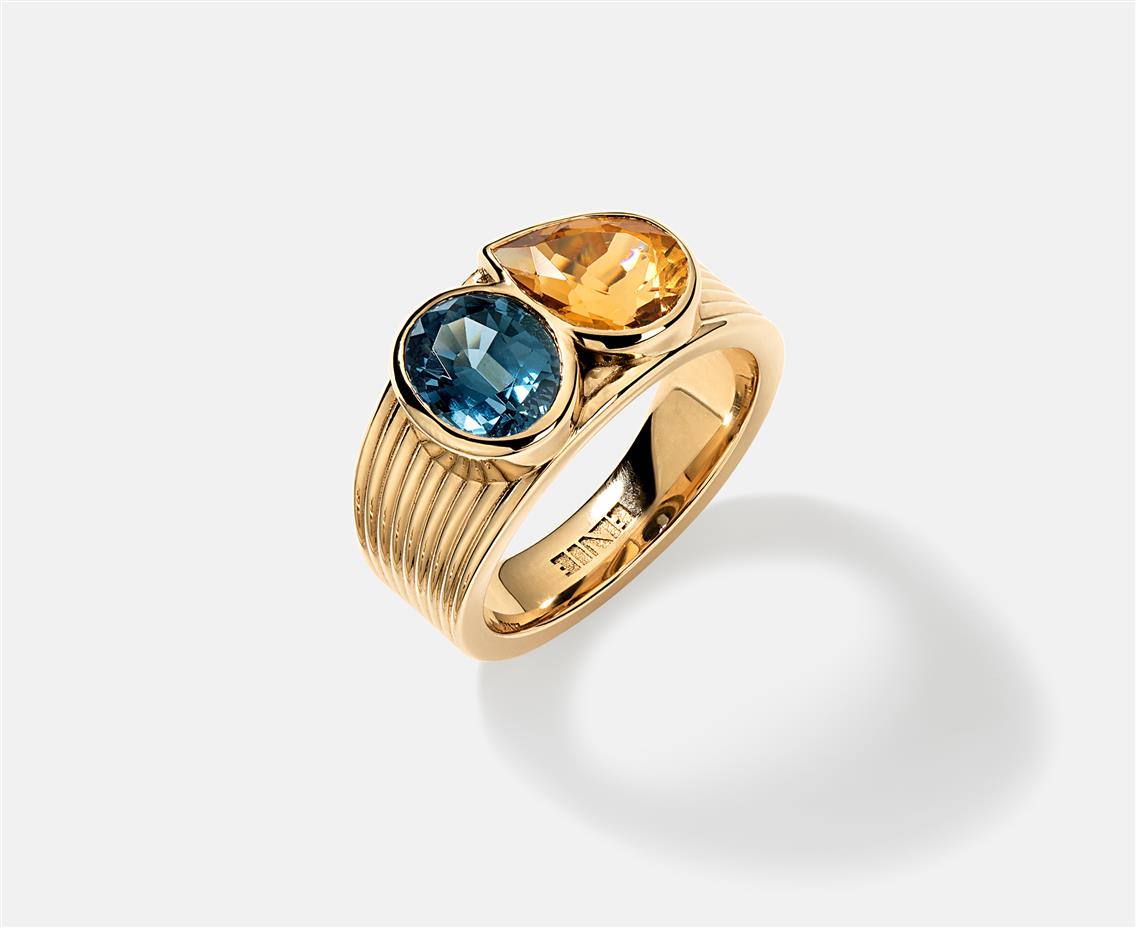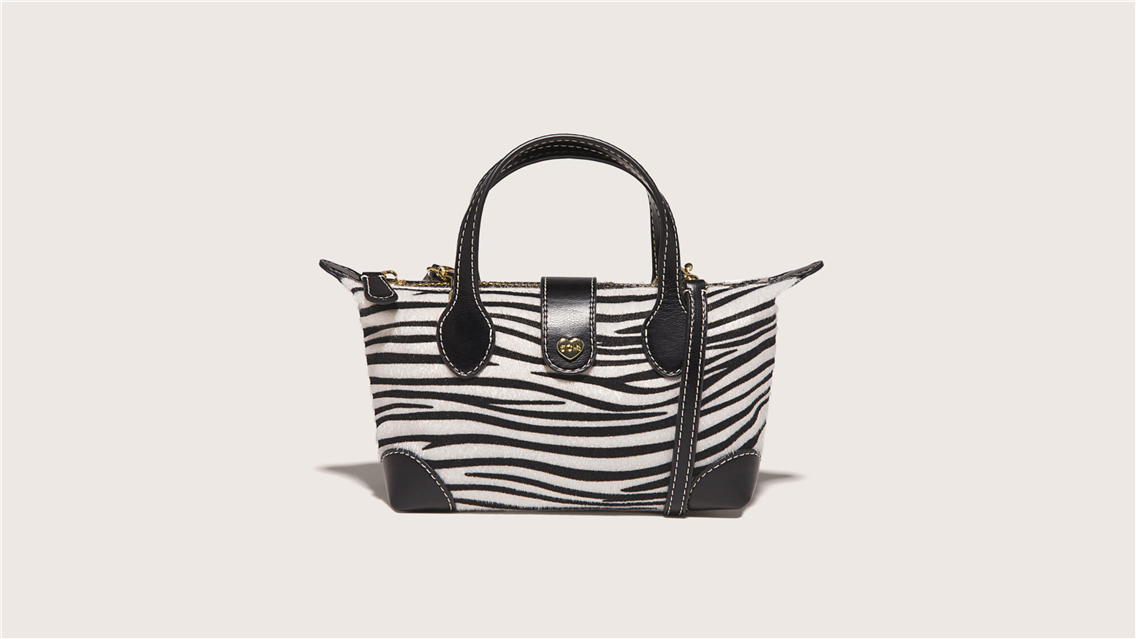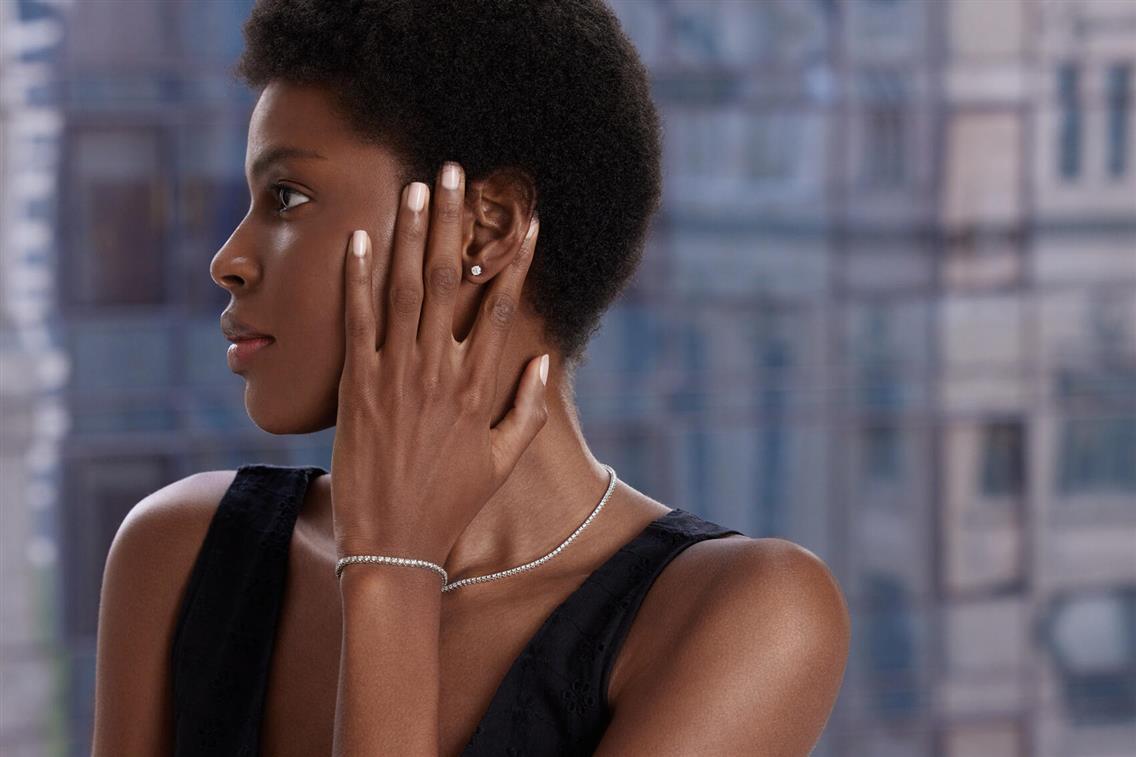How to Elevate a Menswear Brand with Fashion Photography
The fashion world has long focused on women's photography. But menswear demands a unique visual language.
Formal wear needs precision and craftsmanship. Streetwear requires authenticity and urban energy. Activewear must demonstrate their ability to perform. Luxury menswear demands sophistication. One photography style doesn't fit all.
This article explores how strategic fashion photography can transform a menswear brand, creating powerful narratives that resonate deeply with your audience and set you apart in a crowded market.
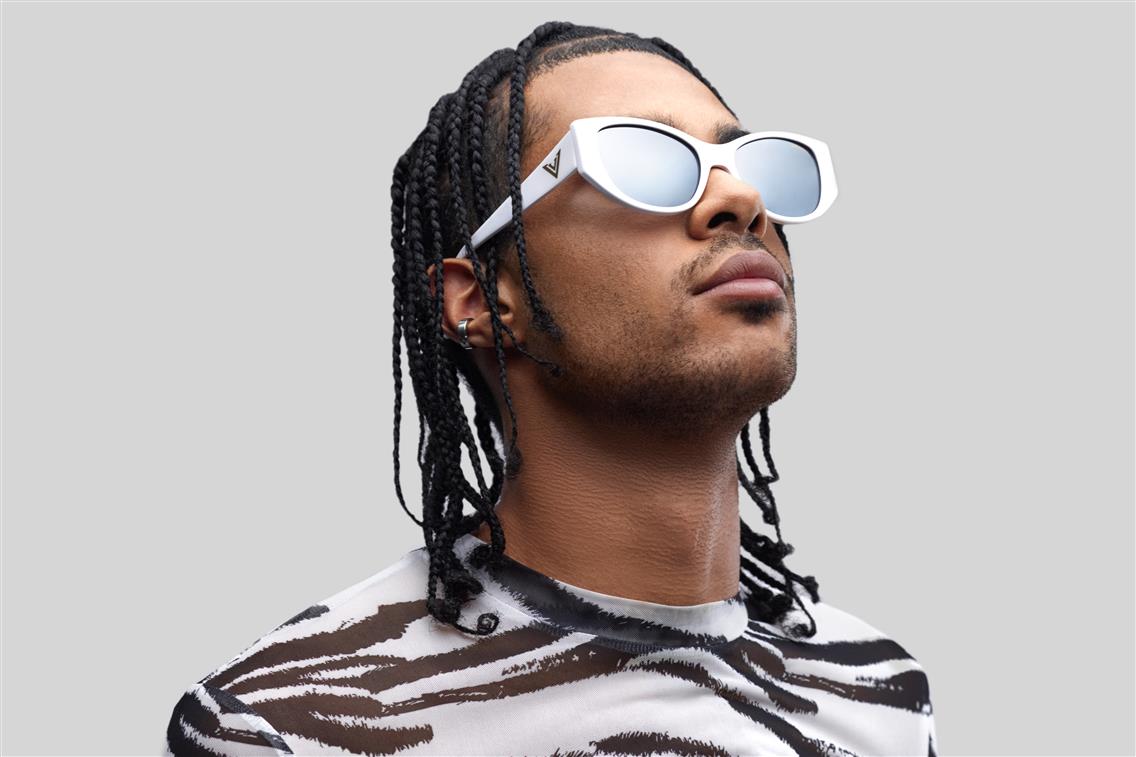
Understanding the Unique Features of Men’s Fashion Photography
What Sets Menswear Apart
Menswear photography thrives on restraint. Where women's fashion often celebrates movement and fluidity, men's photography finds power in stillness and structure. The magic lies in the details: the crisp edge of a tailored lapel, the texture of Italian wool under directional lighting, the way a perfectly fitted shirt follows the line of broad shoulders.
Lighting becomes architectural. Sharp, defined shadows emphasize the geometric precision of a well-cut suit. Soft, diffused light reveals the subtle weave of premium fabrics. The goal is to communicate quality through visual clarity.
Posture speaks louder than poses. A confident stance with hands in pockets conveys more authority than elaborate positioning. The slight lean against a wall, the purposeful stride, the moment of quiet contemplation: these natural moments resonate with male consumers who value authenticity over artifice.
Props serve a function. A vintage motorcycle, architectural elements, or urban landscapes are extensions of the brand story. Each element must earn its place by reinforcing the garment's purpose and the wearer's identity.
The Role of Masculine Archetypes and Lifestyle Narratives
Every menswear brand embodies an archetype, and your photography must speak that language fluently.
Todd Snyder masters the "refined craftsman" narrative. Their campaigns showcase men who appreciate quality without ostentation. Models are captured in natural light, often in creative spaces or artisanal workshops, emphasizing the brand's commitment to American craftsmanship and understated luxury.
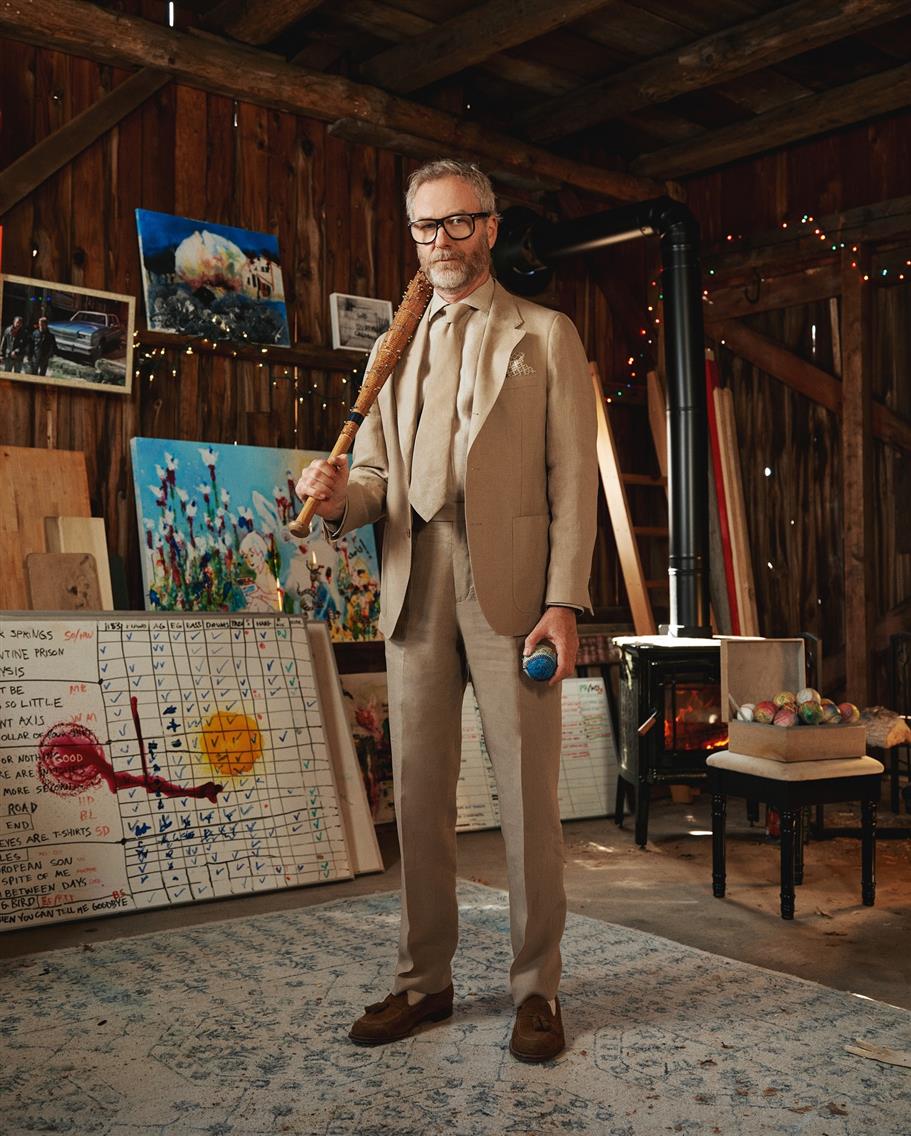
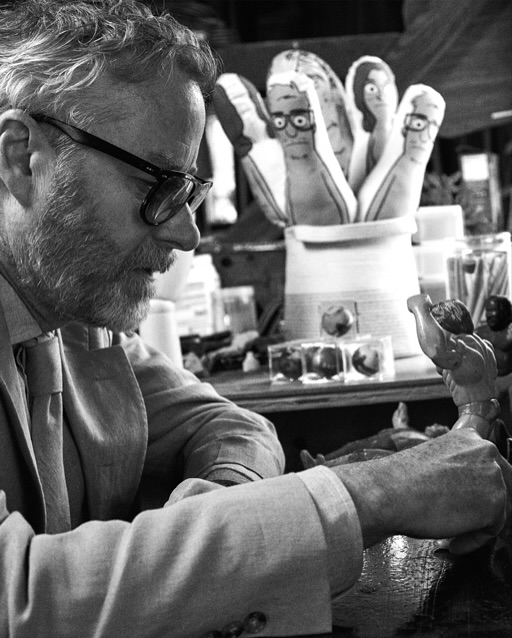
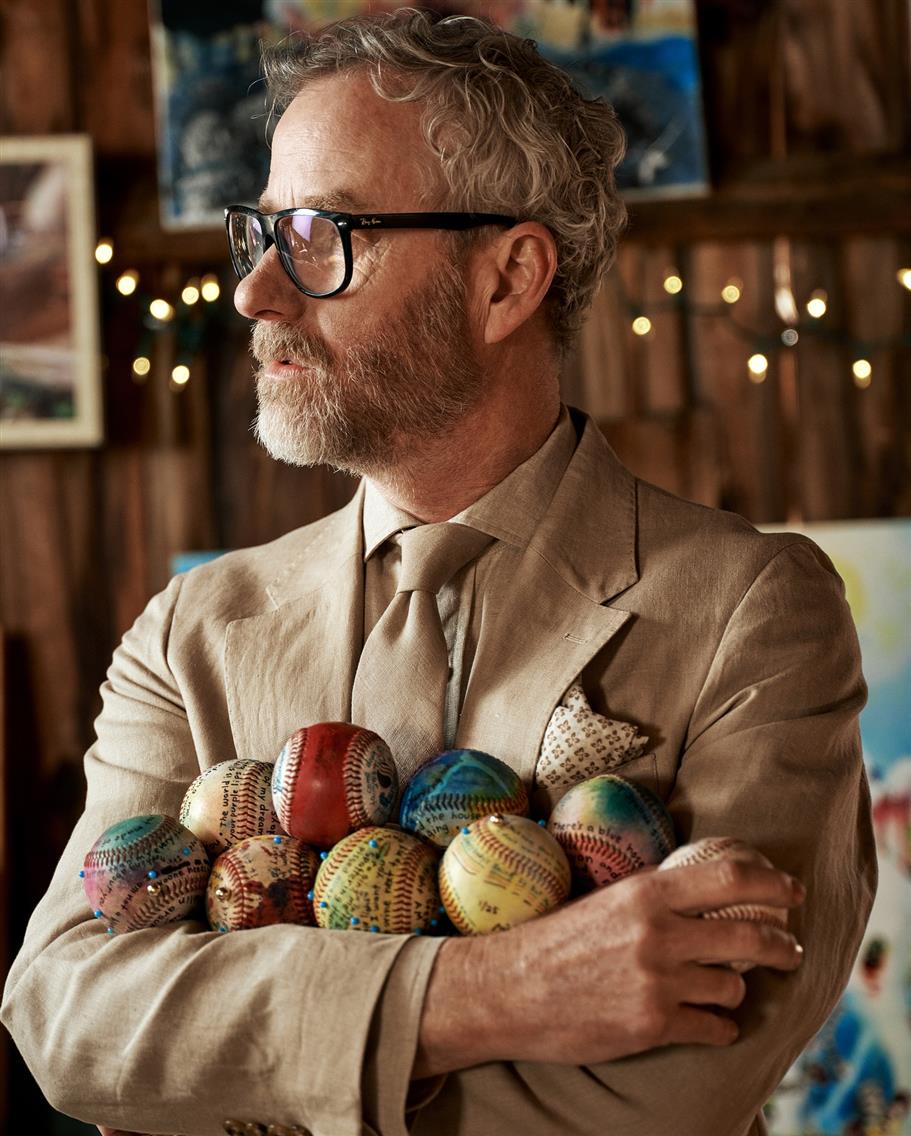
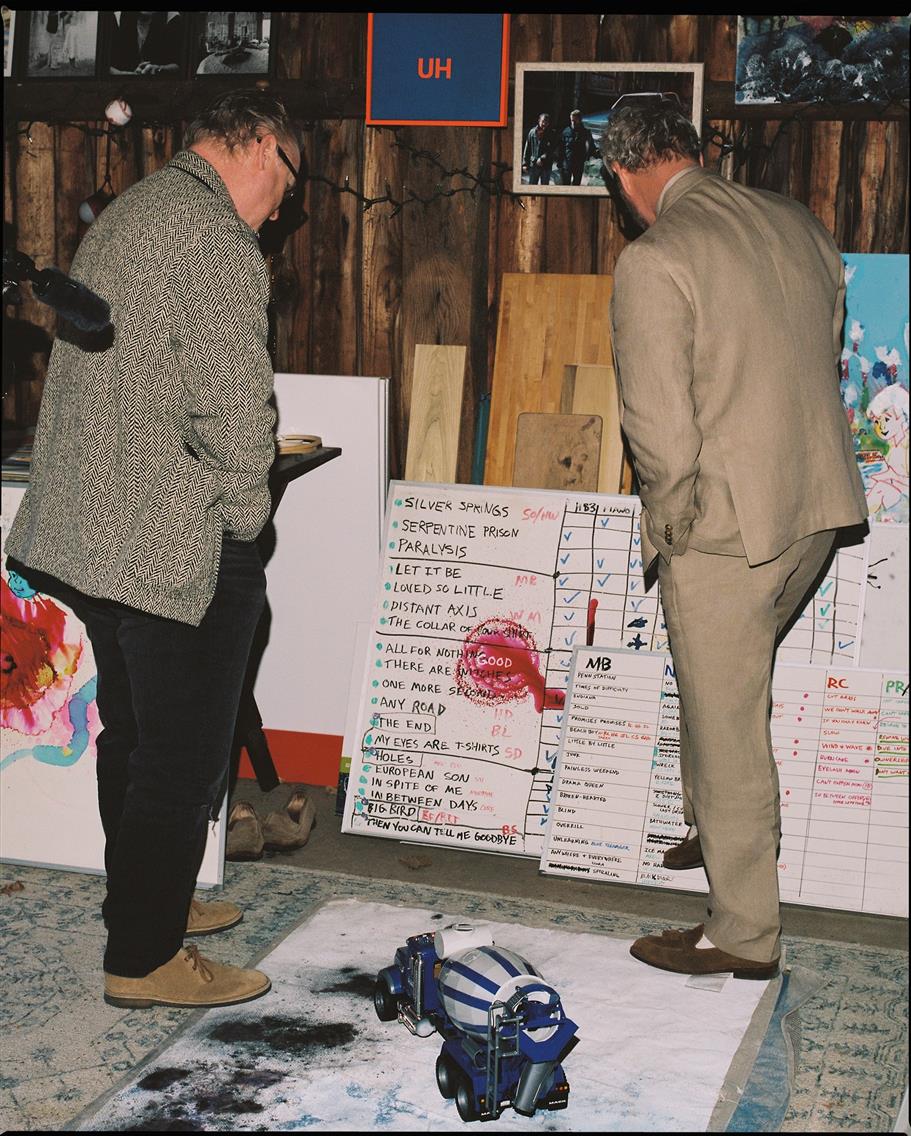
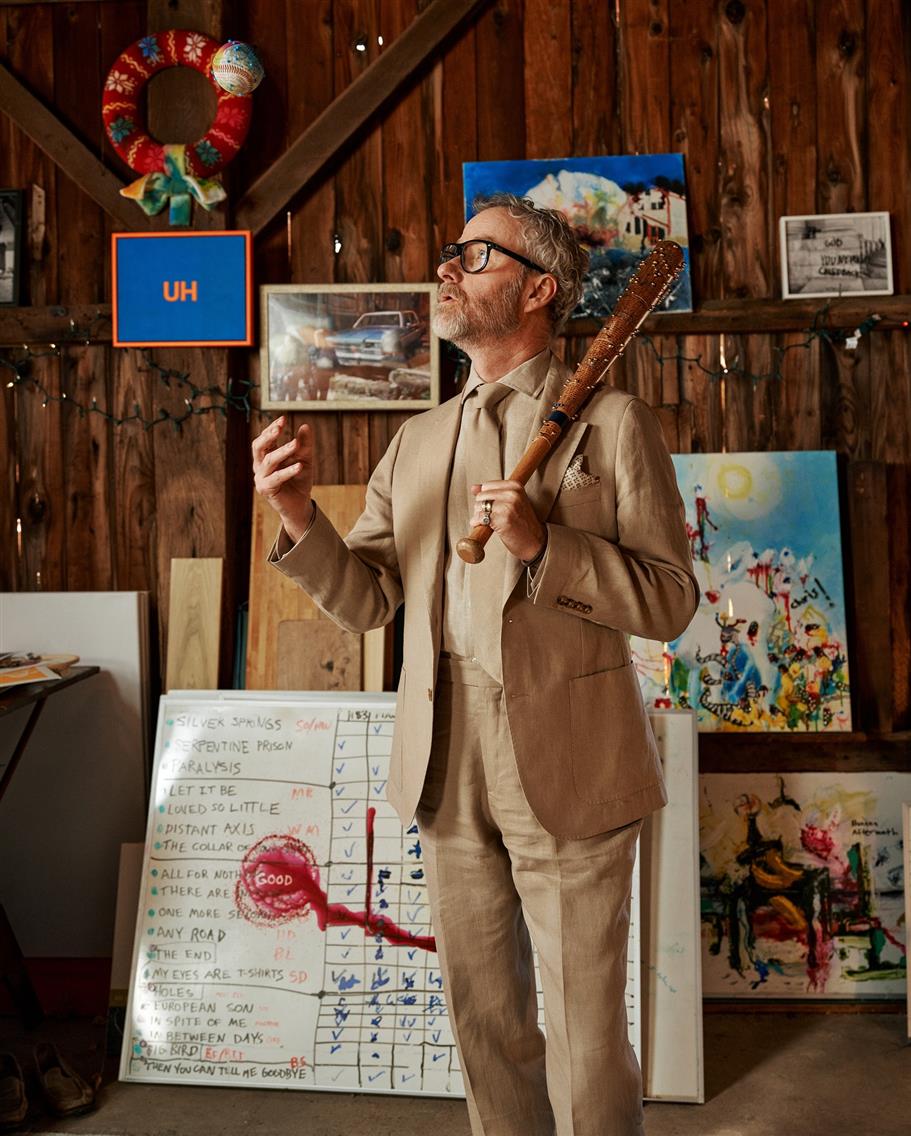
Jacquemus Homme breaks traditional menswear rules with playful sophistication. Their photography embraces unexpected moments: men in flowing shirts against Mediterranean landscapes, or structured blazers in sun-drenched minimalist settings. The archetype here is the "modern romantic," confident enough to challenge conventions.
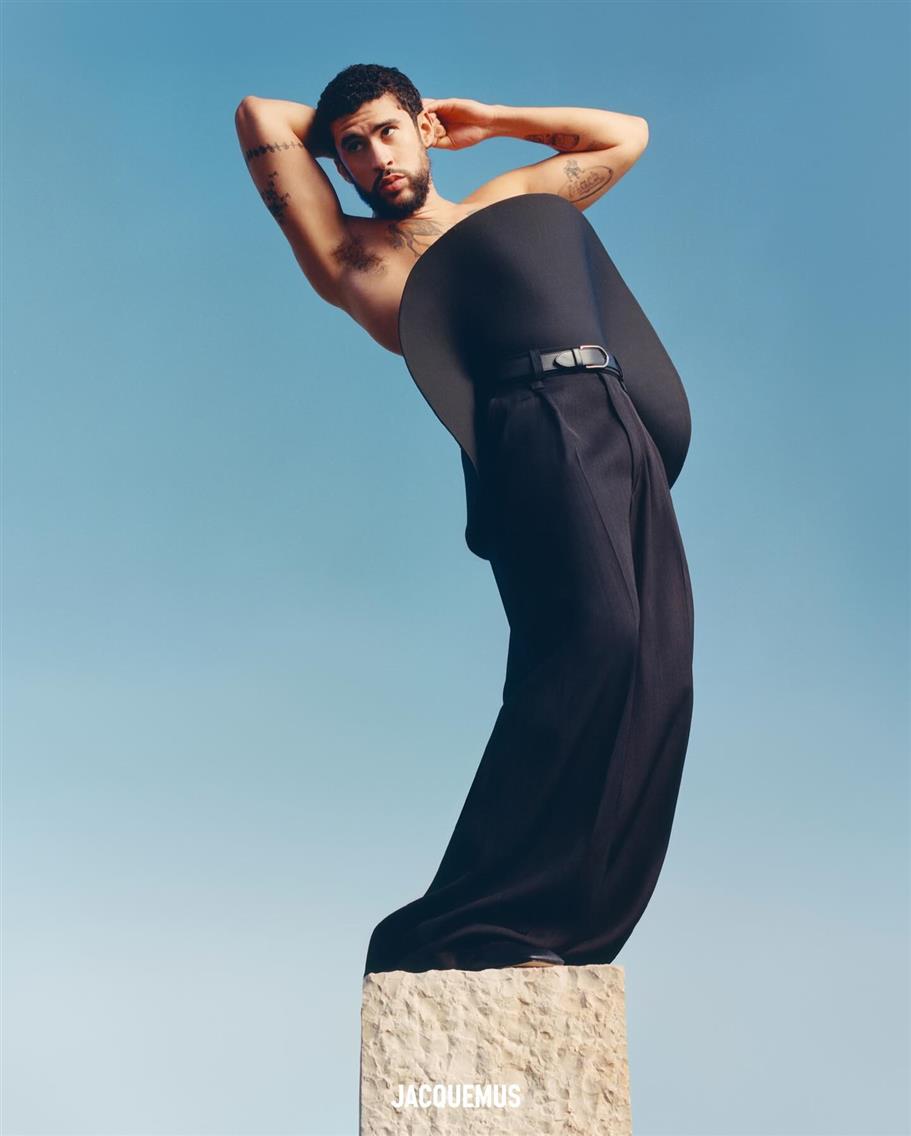
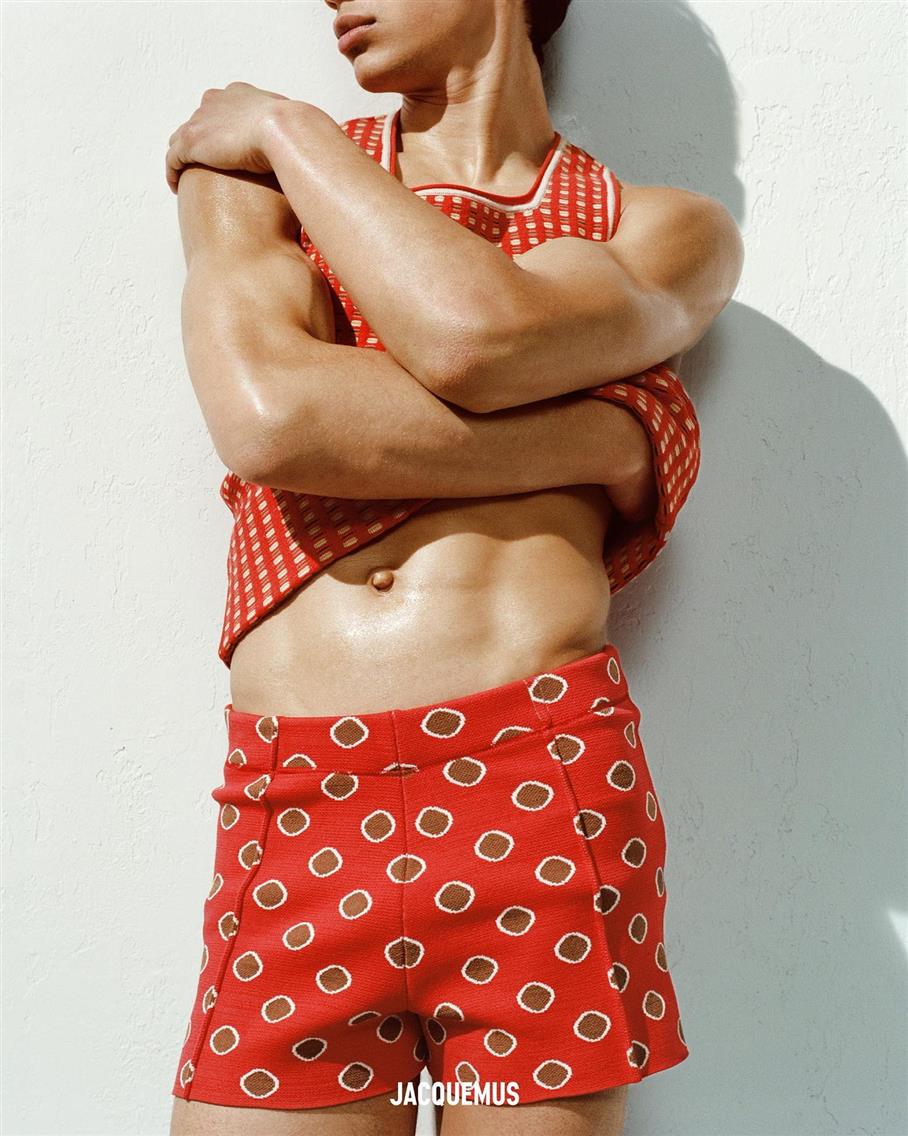
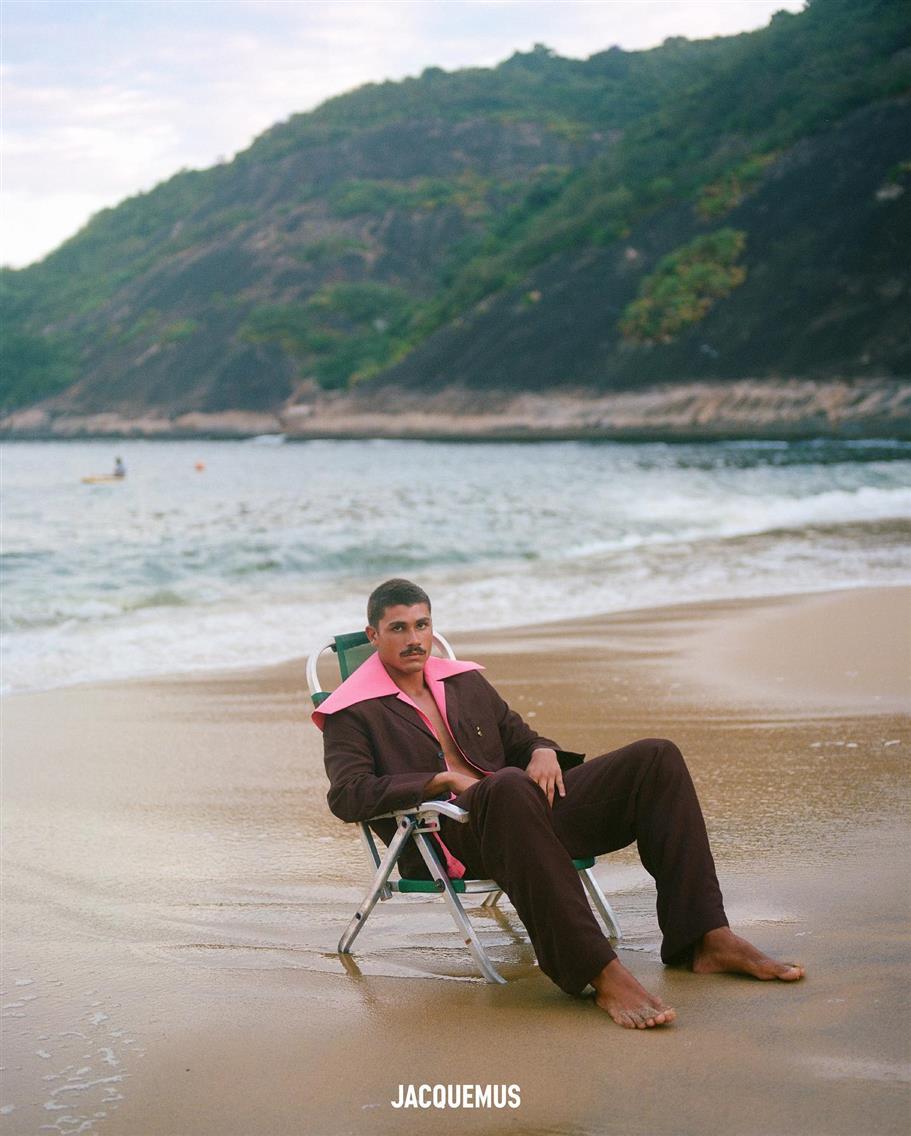
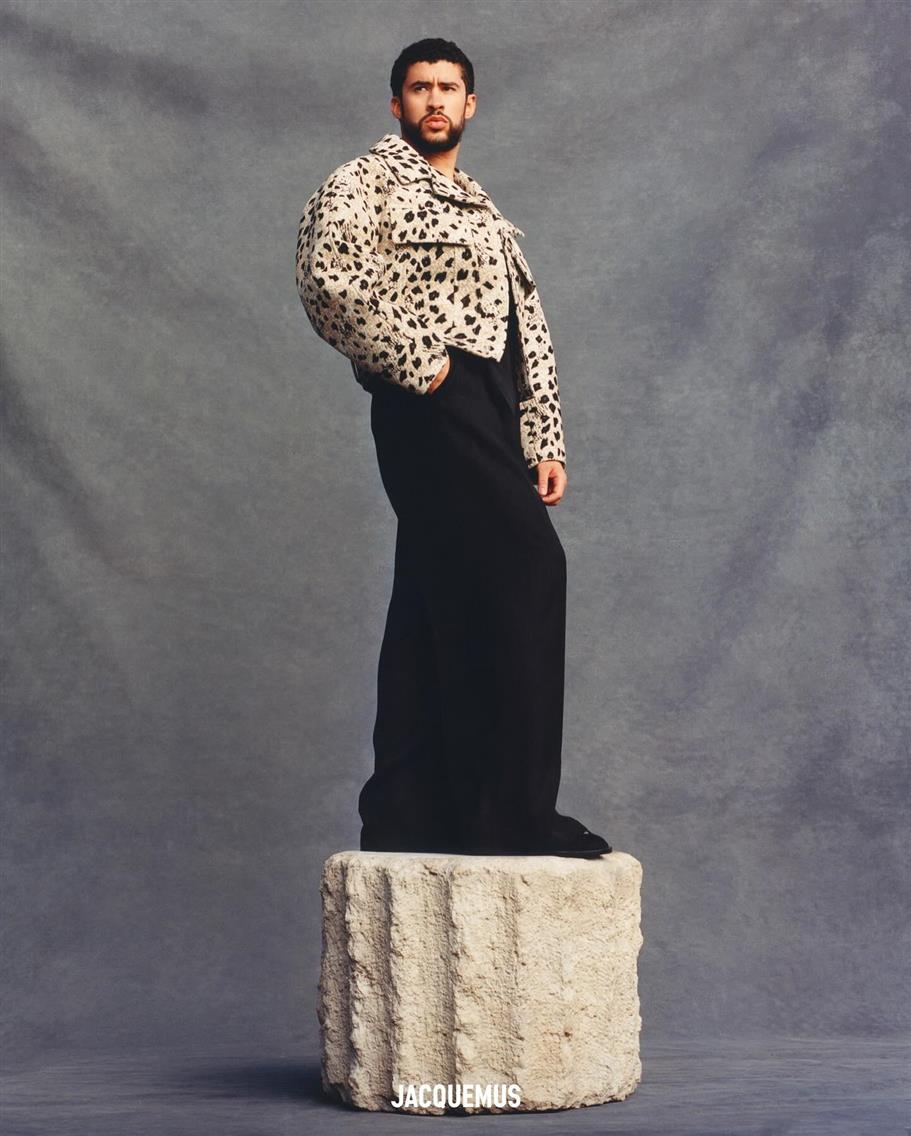
Lululemon Men embodies the "performance-driven achiever." Their lifestyle photography captures authentic moments of athletic pursuit, not staged gym shots, but real athletes in motion, post-workout conversations, or the quiet focus before a challenging session. Every image reinforces that their clothing enhances performance without sacrificing style.
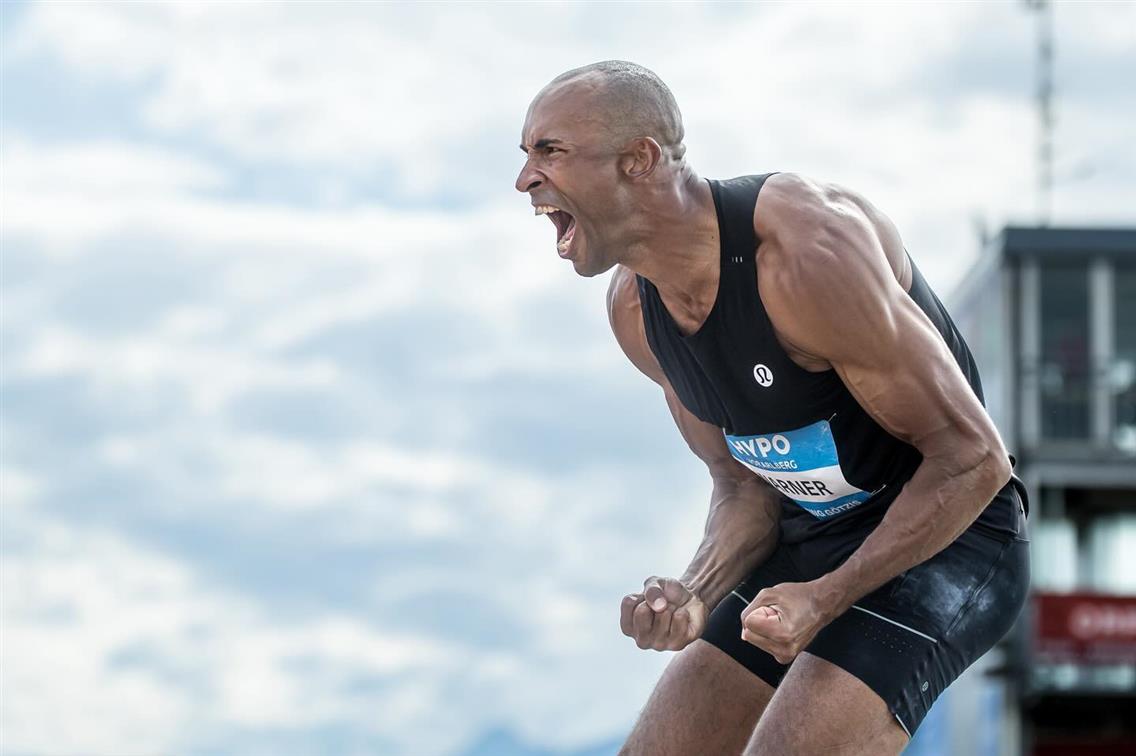
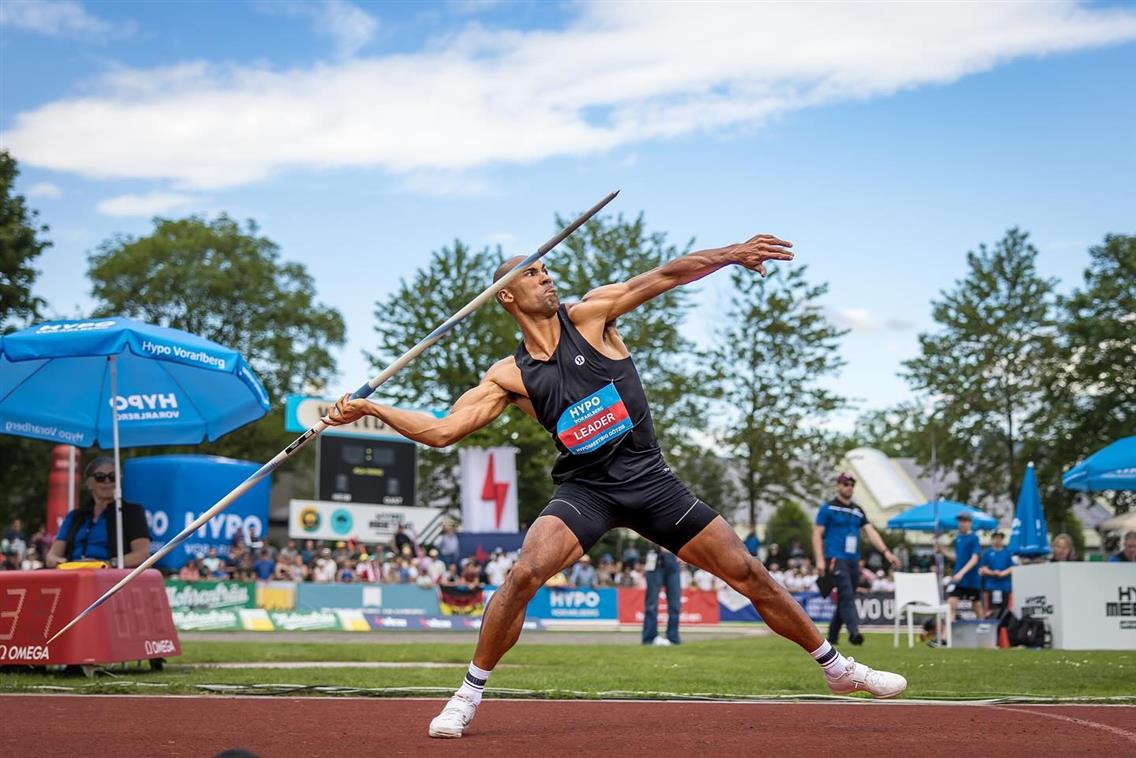
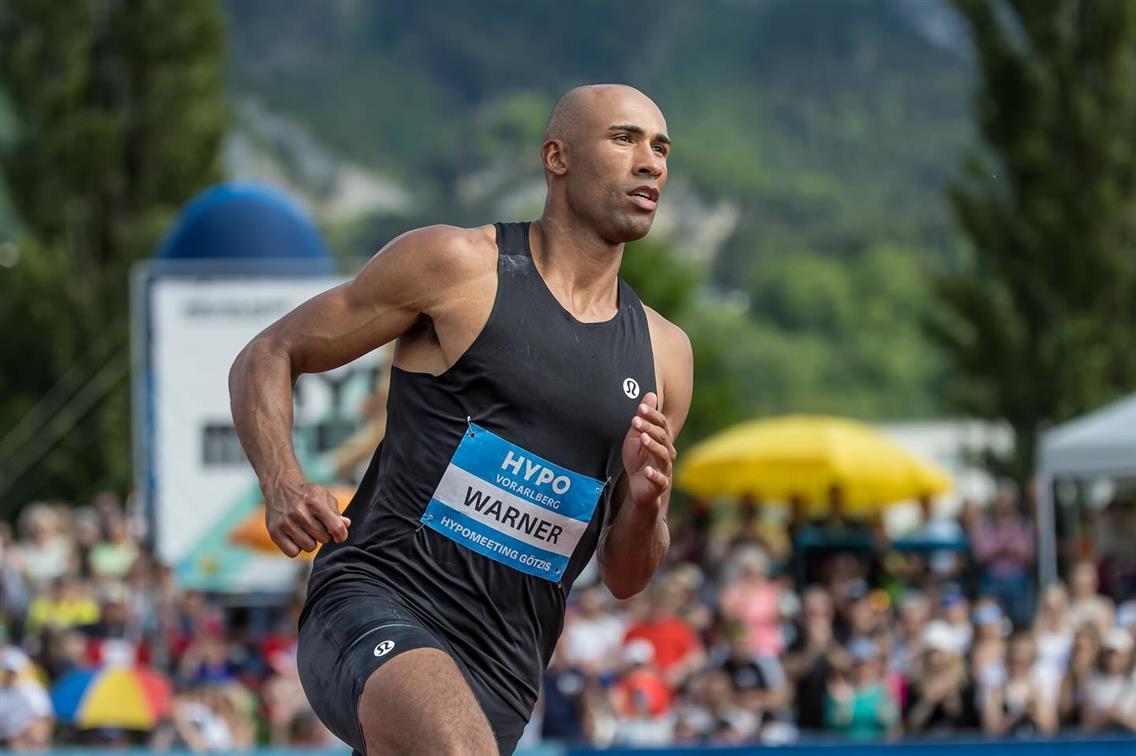

Your archetype should influence everything from model casting to the color palette and the emotional tone of each shot. Are you selling to the urban explorer, the boardroom strategist, the weekend warrior, or the creative innovator? Your photography must answer this question before the customer even reads your product description.
Menswear Visual Strategies: From Editorial to eCommerce
Campaign vs. eCommerce. When to Go Conceptual, When to Go Clean
Сampaign photography is like your brand's movie trailer. It sells the dream, the lifestyle, the aspiration. eCommerce photography is your product manual; it answers every practical question a buyer might have.
Campaign photography tells stories. Picture a man in a perfectly tailored overcoat walking through rain-soaked city streets at dusk. The lighting is moody, the composition cinematic. You're selling the confidence to navigate life's storms with style. This imagery builds brand desire and emotional connection.
eCommerce photography sells products. That same overcoat needs crystal-clear shots showing the precise cut of the shoulders, the texture of the wool, how the buttons catch light, and detailed views of the interior construction. Multiple angles, close-ups of stitching, and accurate color representation remove purchase hesitation.
Use campaign imagery to drive traffic and build brand affinity, then let clean eCommerce shots close the sale. Luxury brands like Brunello Cucinelli excel at this balance. Their campaigns evoke Italian sophistication and craftsmanship, while their product pages provide forensic detail of every garment.
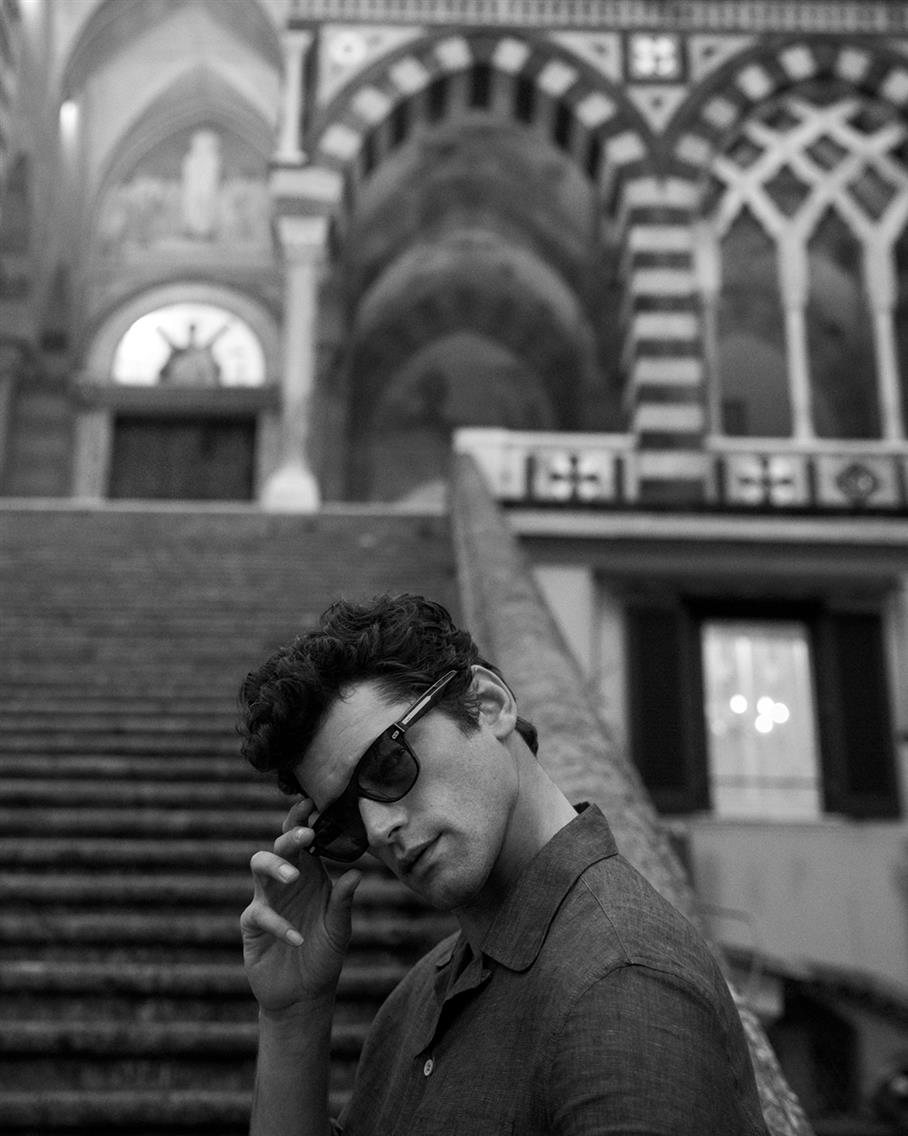
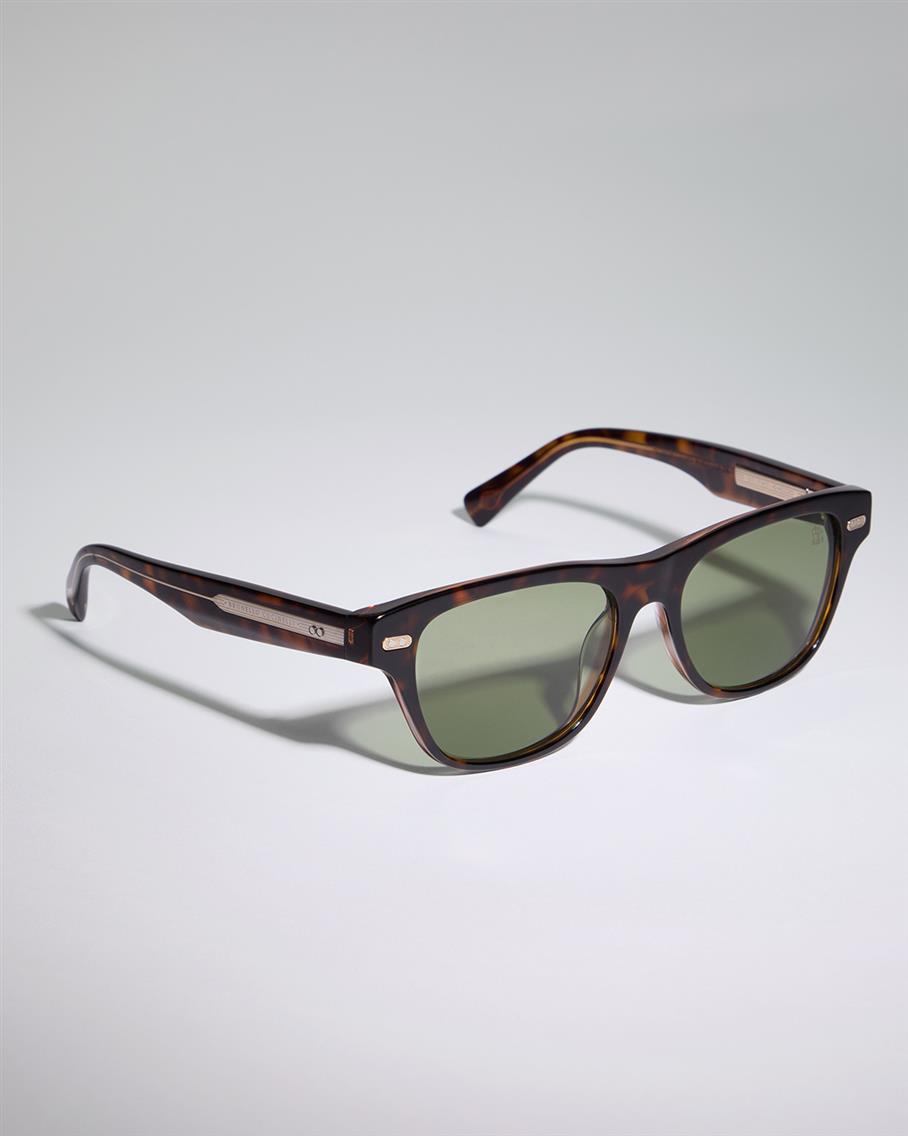
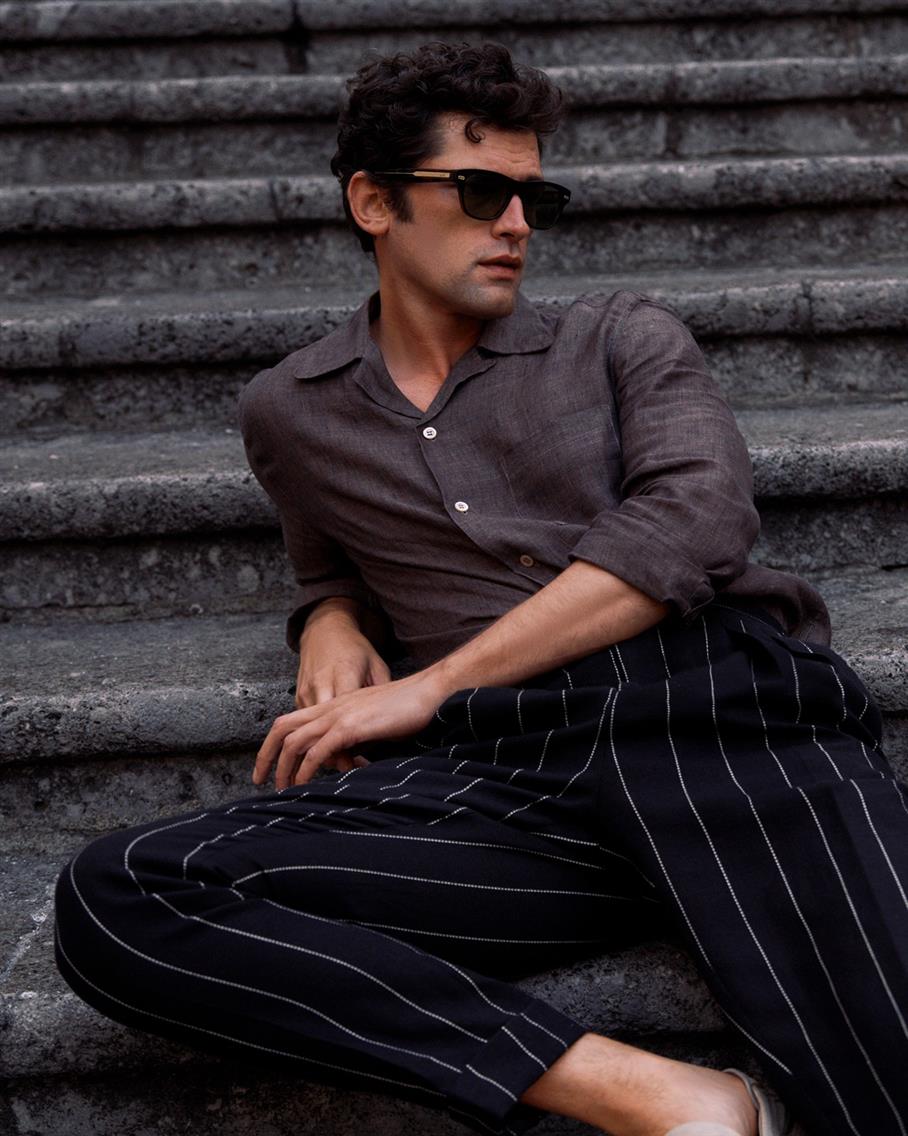
On-Model vs. Flat Lay vs. Ghost Mannequin for Menswear
Each photography style serves a specific purpose in the customer journey, and choosing the wrong one can kill conversions.
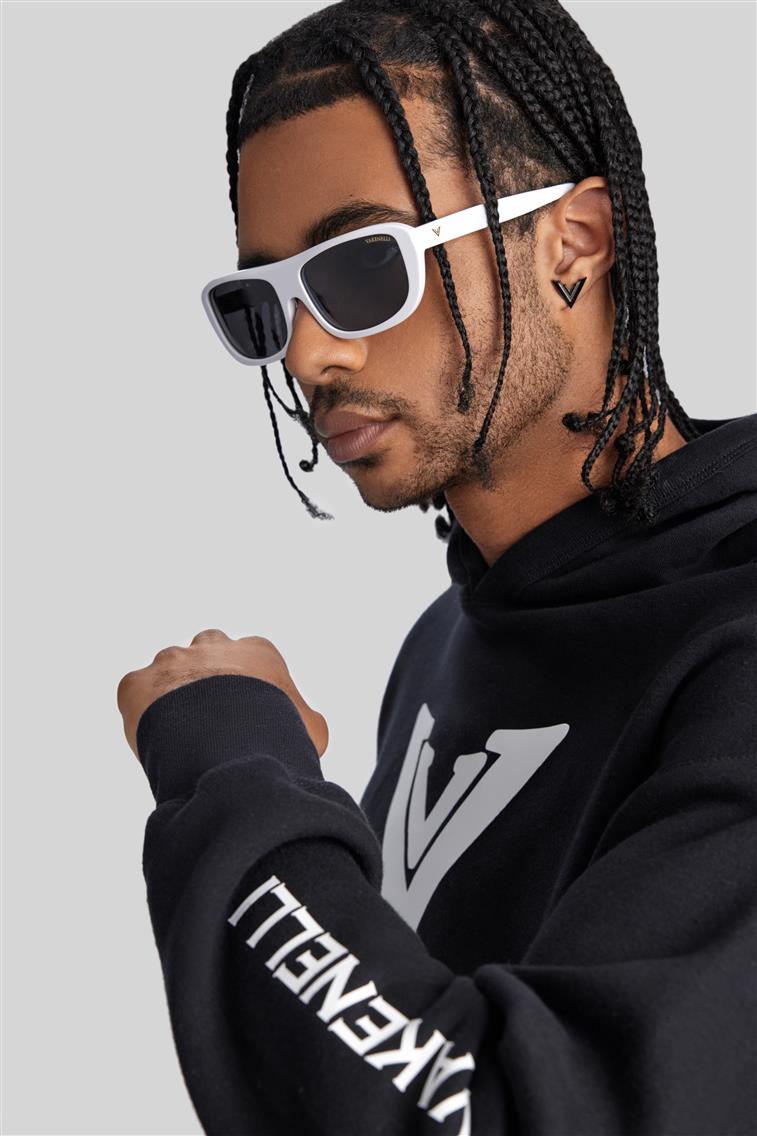 | On-model photography works best when fit and movement matter. Suits, blazers, and structured pieces need human forms to show how they drape and move. A stand alone image of a jacket can't capture how its shoulders sit or how trousers break at the ankle. Models also provide scale and lifestyle context, essential for pieces where the wearer's confidence is part of the appeal. |
| Flat lay photography excels with basics and accessories. T-shirts, casual button-downs, ties, and wallets benefit from clean, overhead shots that highlight patterns, textures, and construction details. This style feels approachable and honest, perfect for everyday essentials where customers want to see exactly what they're buying without distractions. | 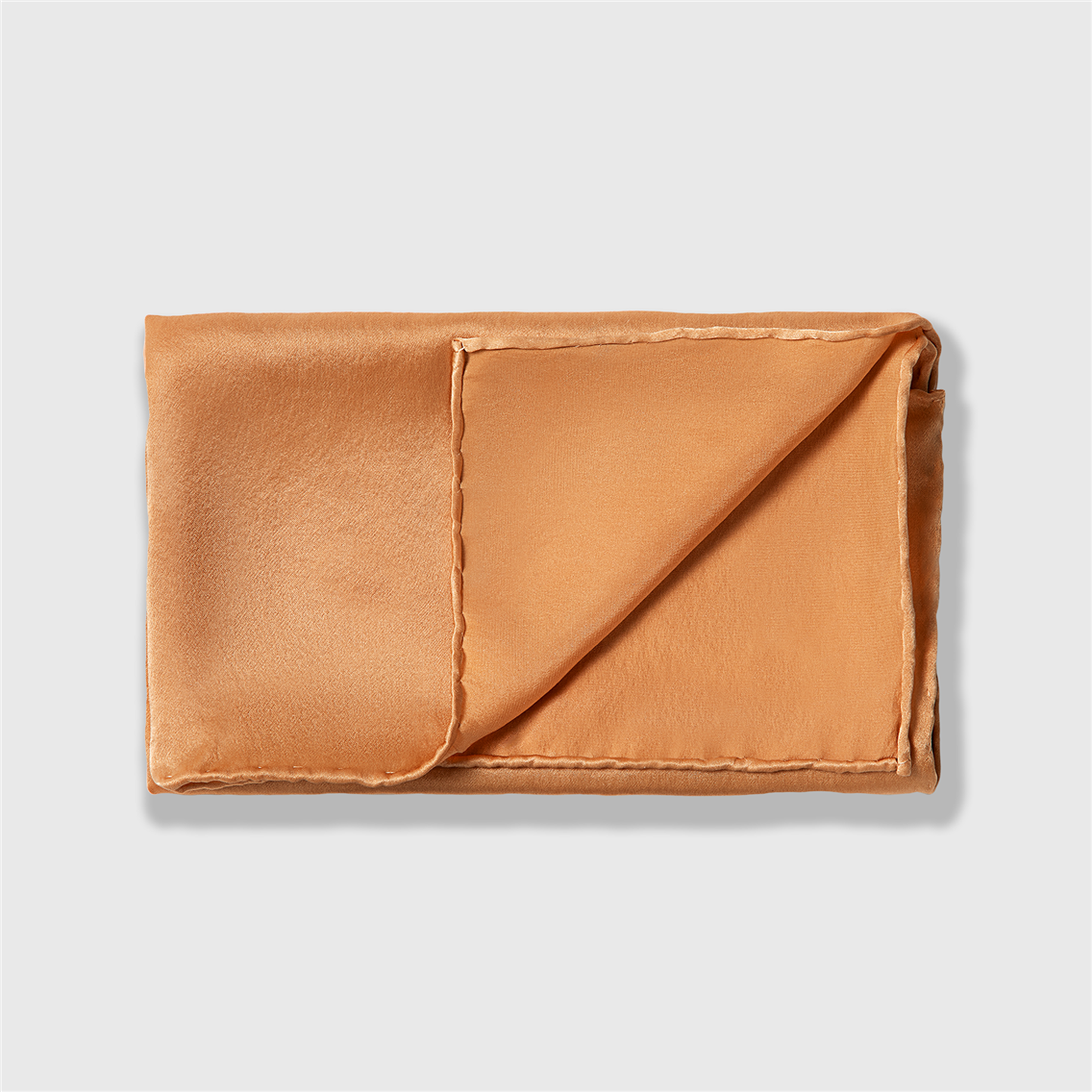 |
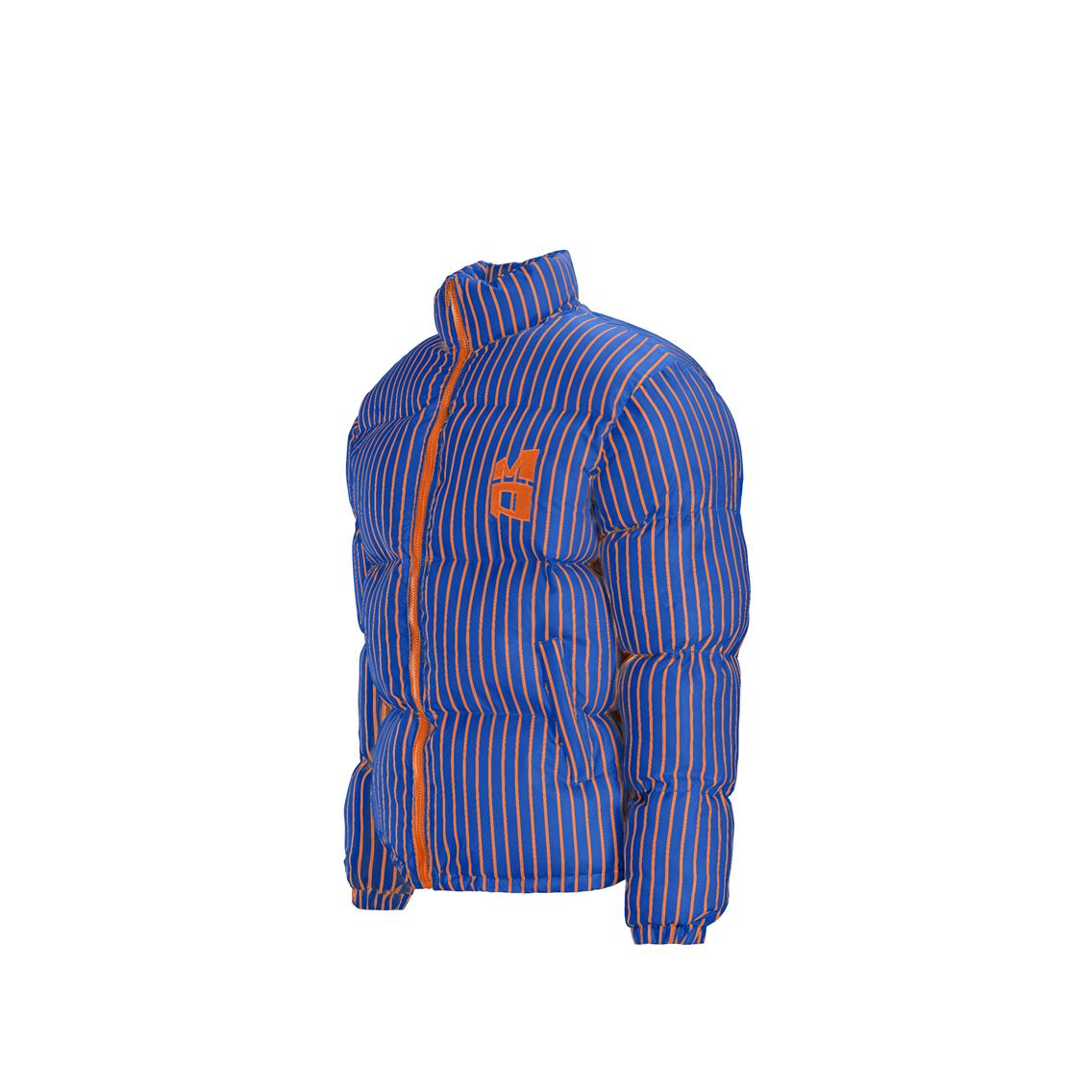 | Ghost mannequin strikes the perfect middle ground for structured pieces. Dress shirts, sweaters, and casual blazers can showcase their shape and fit without the personality (or cost) of model photography. This technique maintains the garment's natural form while keeping focus purely on the product. |
Trust and engagement impact: On-model photography builds emotional engagement but can create uncertainty about fit for different body types. Ghost mannequin increases trust by showing the true garment shape, but may feel less aspirational. Flat lay maximizes product clarity but offers minimal lifestyle context.
Most thriving menswear brands use all three strategically. On-model for hero products and campaigns, ghost mannequin for core collections, and flat lay for detailed product information and accessories. This layered approach addresses different customer needs throughout their decision-making process.
Location, Styling, and Casting for Men's Fashion Photoshoots
Choosing the Right Photography Settings: Urban, Studio, Natural
Your location choice sets the stage before a single garment is even noticed.
Urban environments work for brands selling confidence and edge. Streetwear thrives against brick walls, subway platforms, and rooftop skylines. The gritty authenticity of city backdrops reinforces the rebellious, authentic spirit that streetwear customers crave. Think of Supreme's iconic New York street shots or Stone Island's industrial urban landscapes.
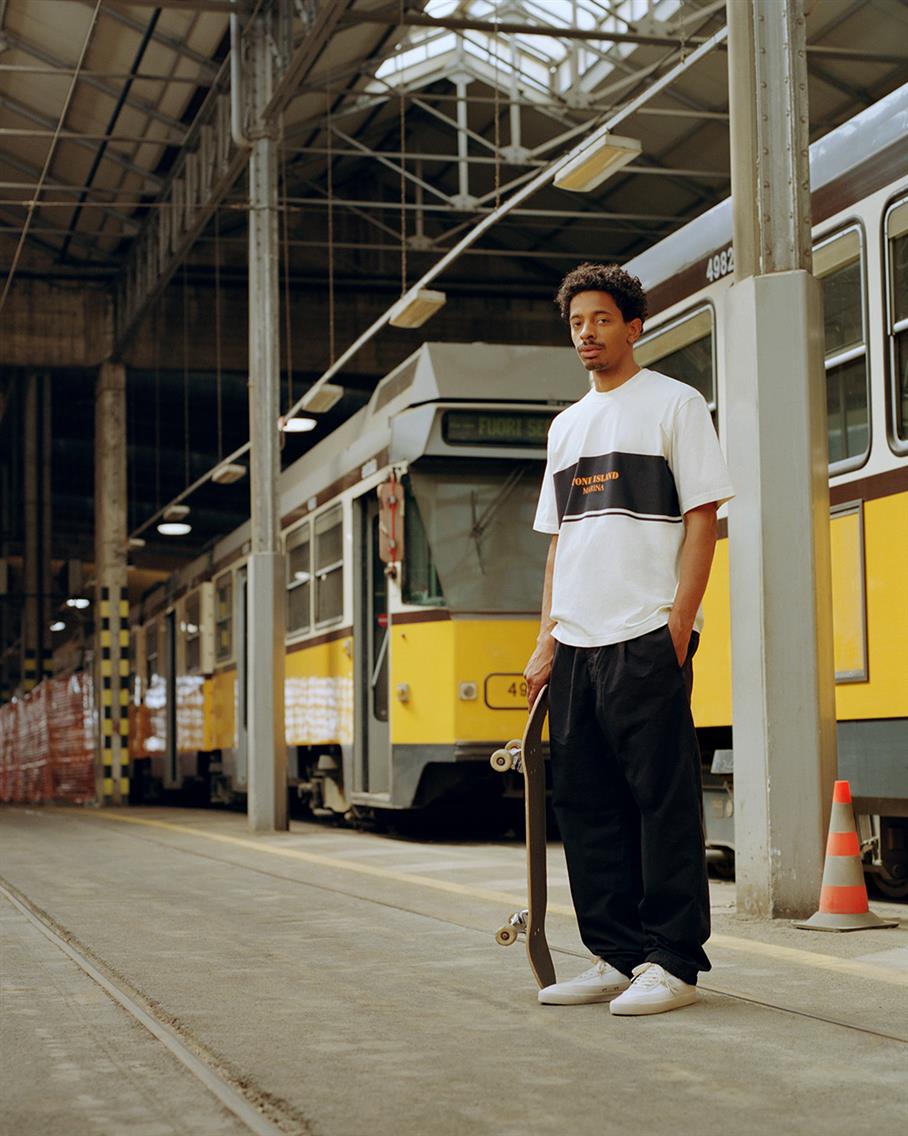
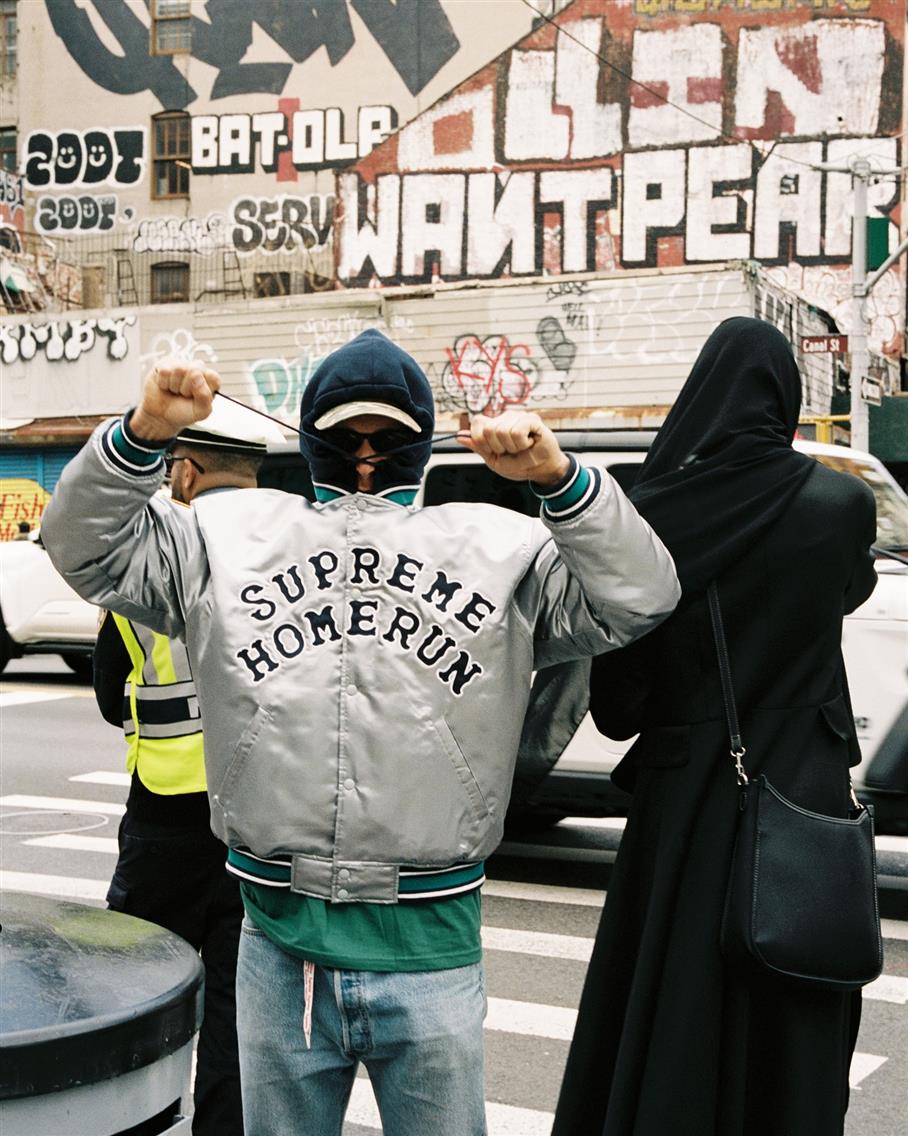
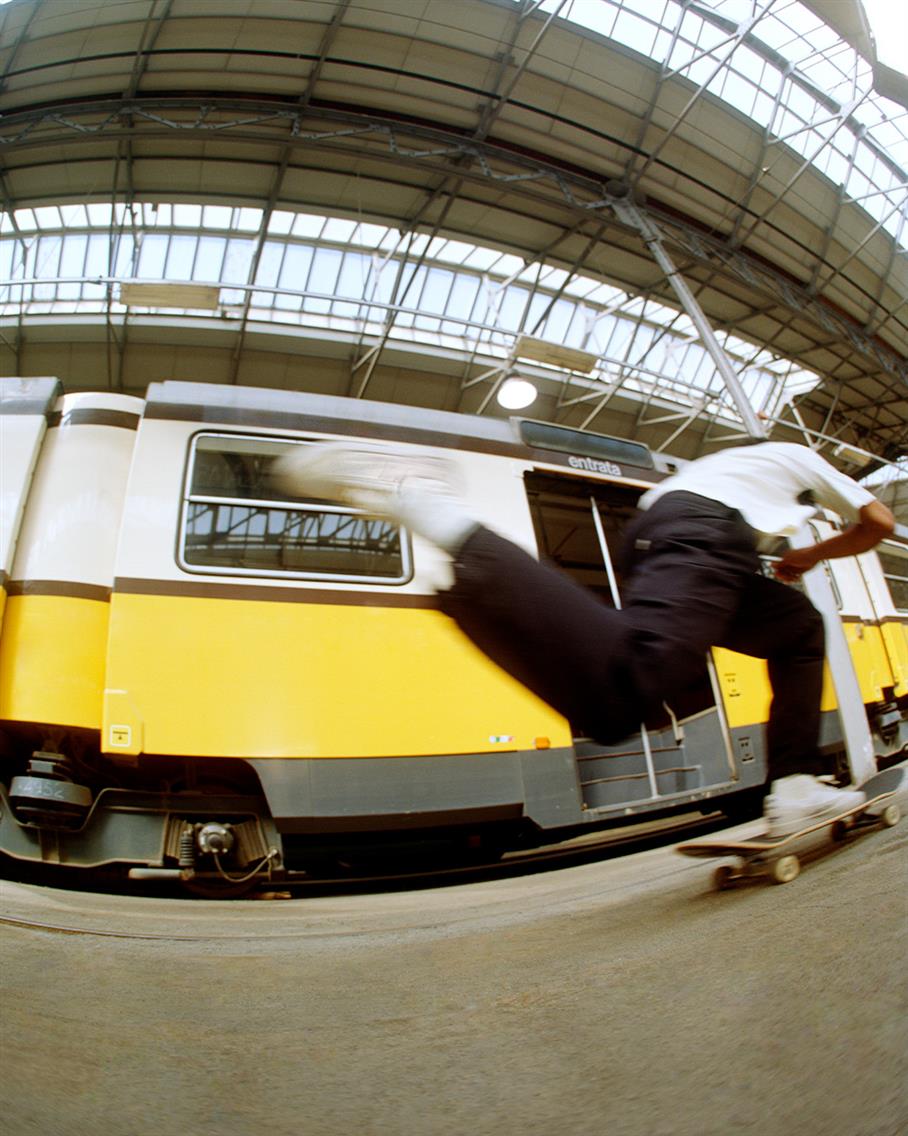
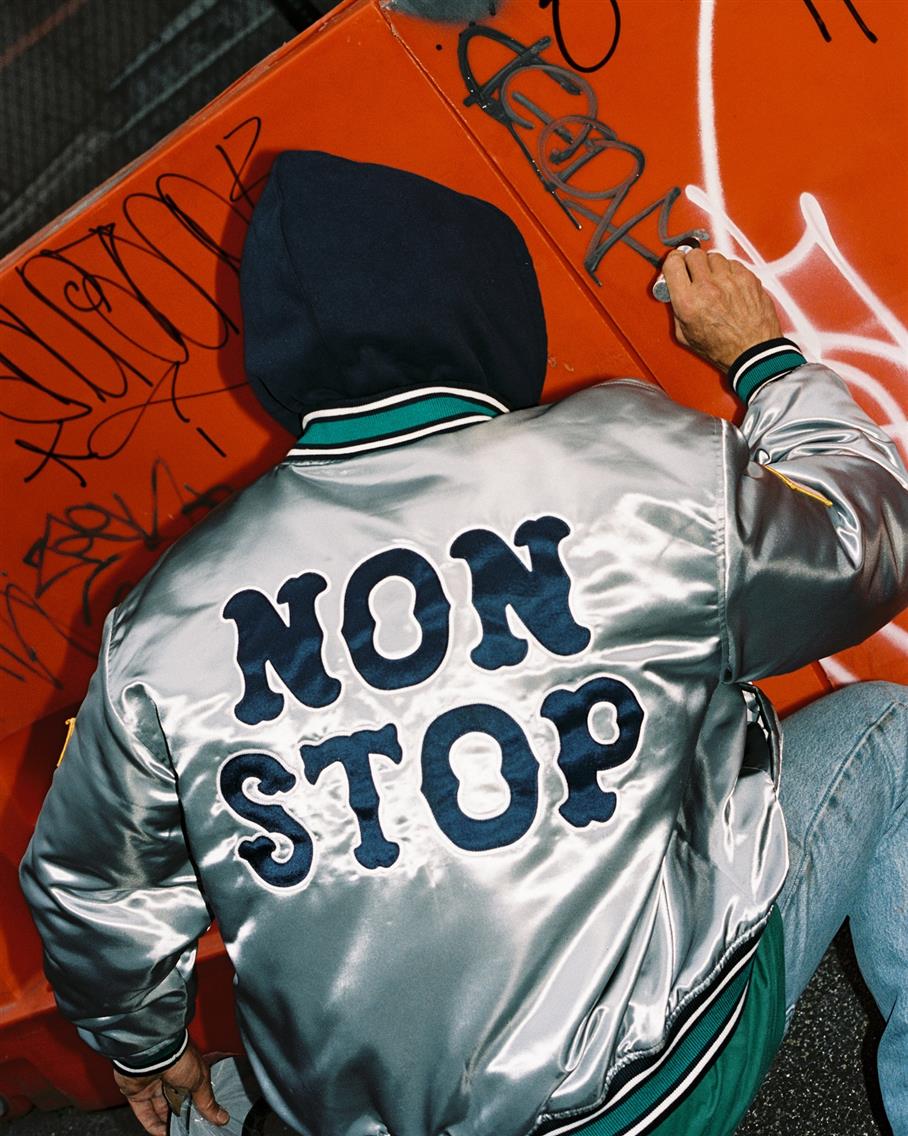
Studio settings champion precision and craftsmanship. When your selling point is impeccable tailoring or technical innovation, controlled lighting reveals every detail. Gymwear and performance pieces benefit from clean studio work that showcases fabric technology and construction without environmental distractions. Lululemon's crisp studio shots let their technical fabrics be the hero.
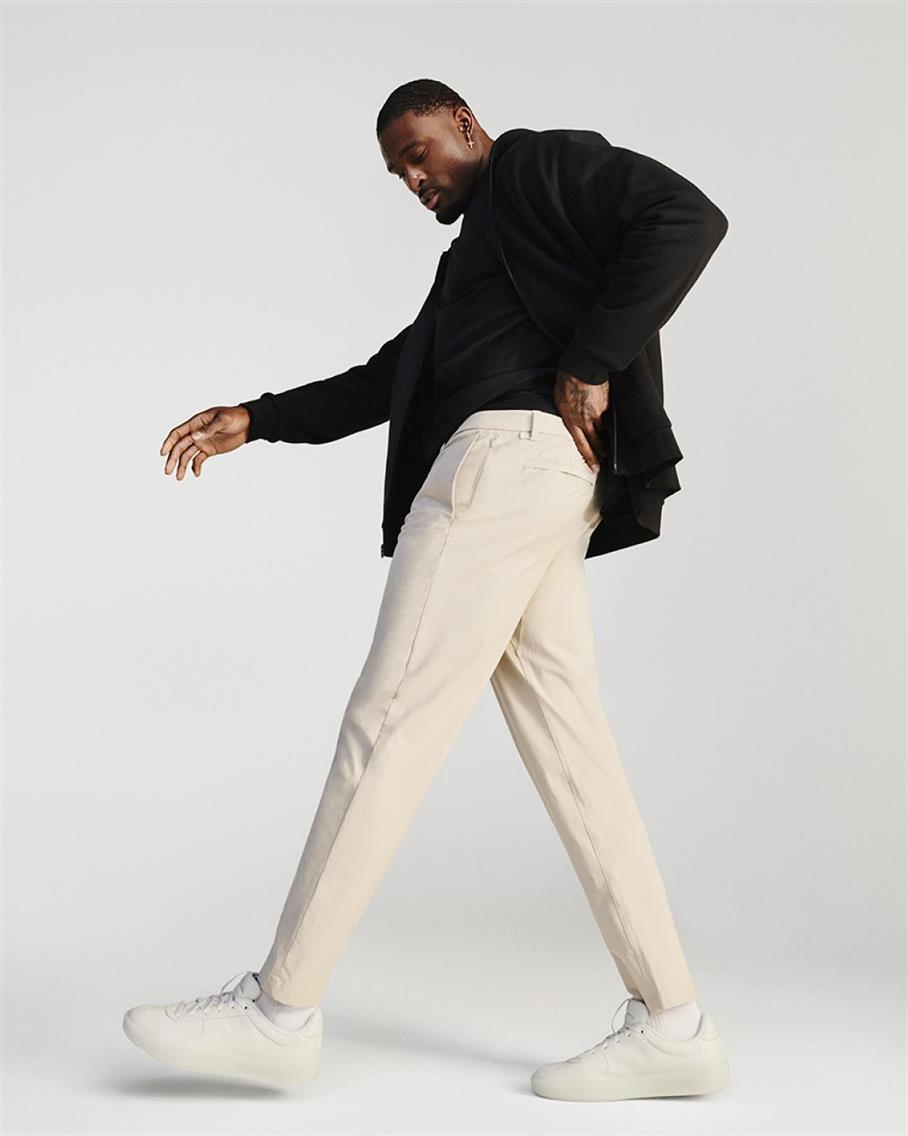
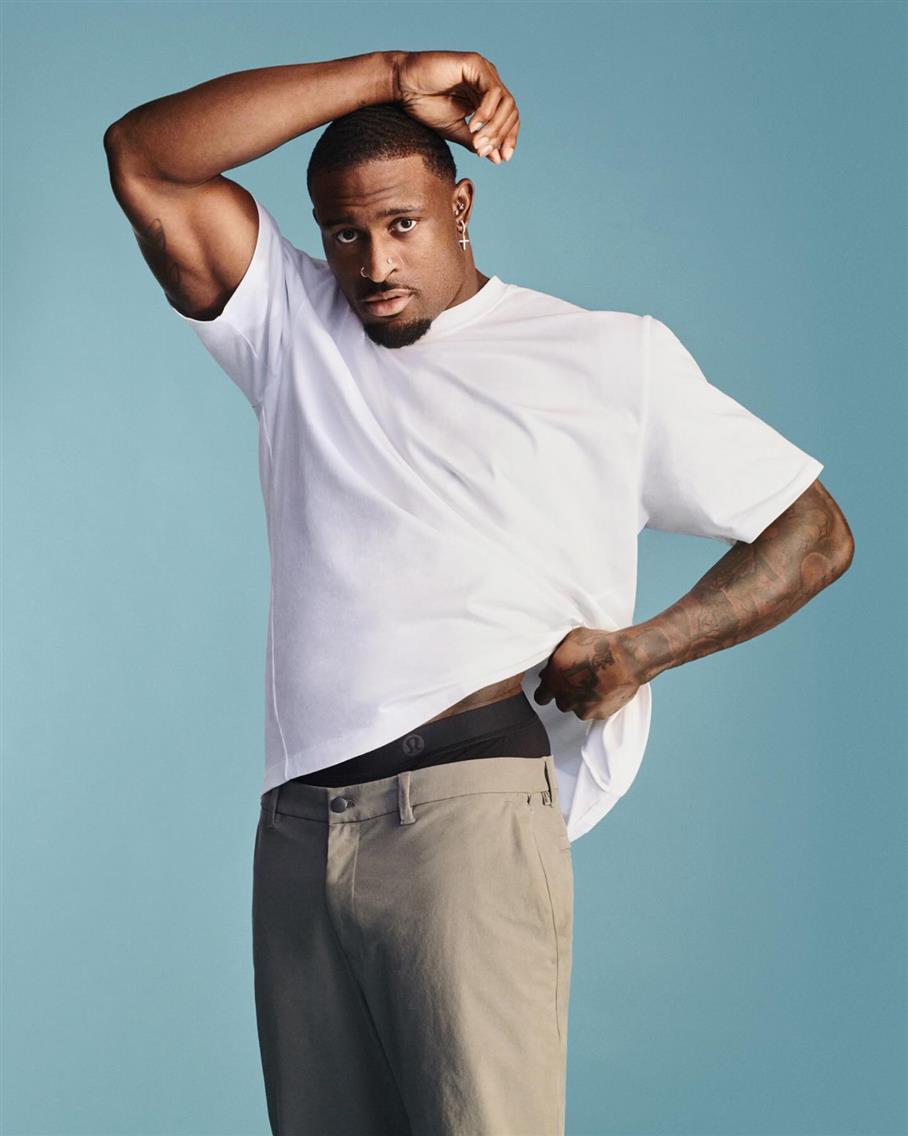
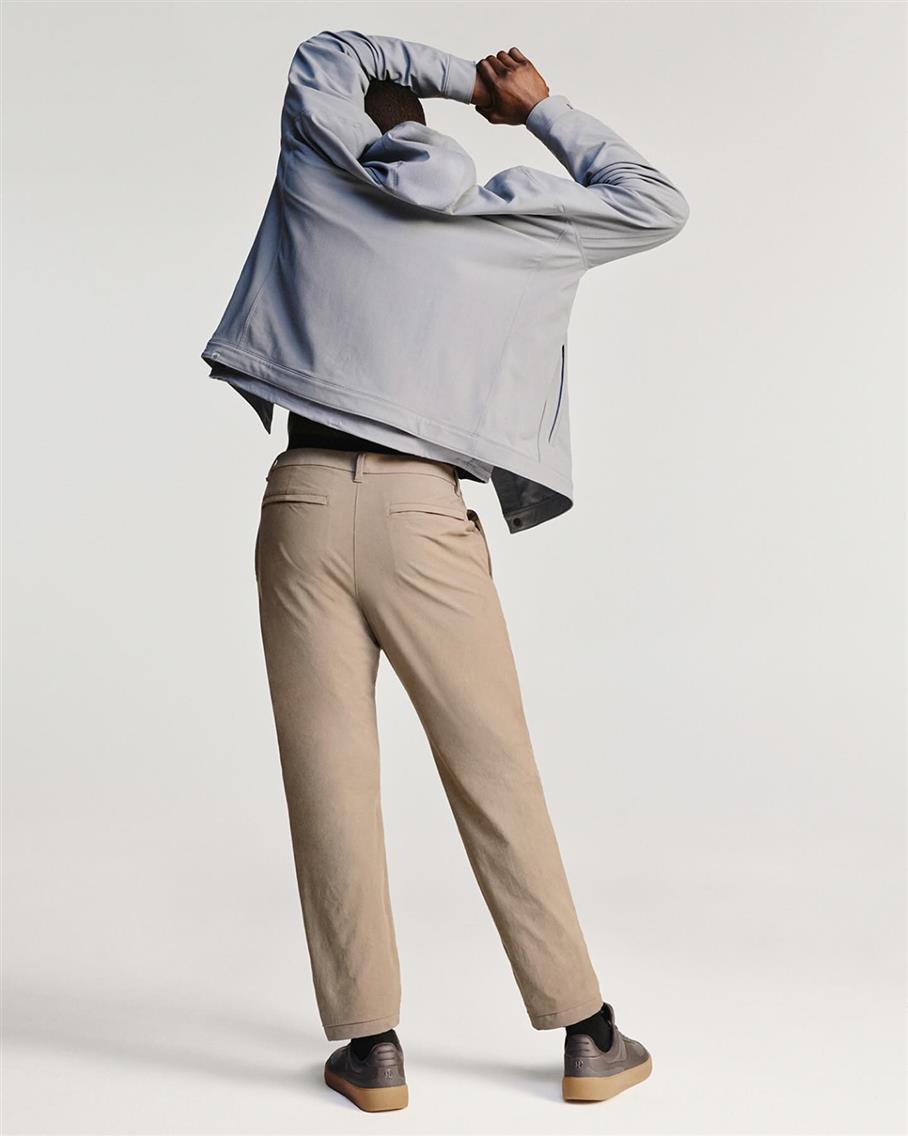
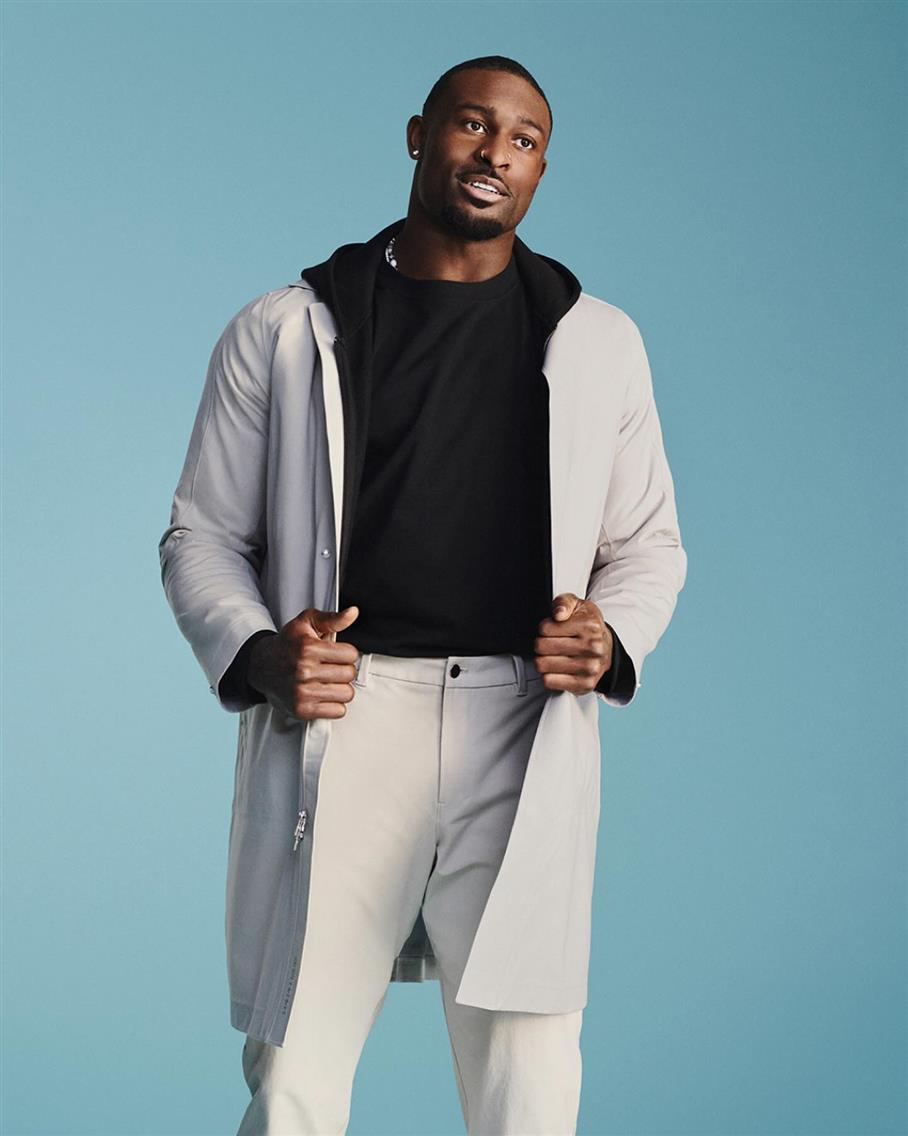
Natural environments tell stories of adventure and authenticity. Outdoor brands and heritage labels leverage landscapes to reinforce their lifestyle positioning. Patagonia's mountain settings are proof of concept. The rugged coastline validates the durability promise better than any product description could.
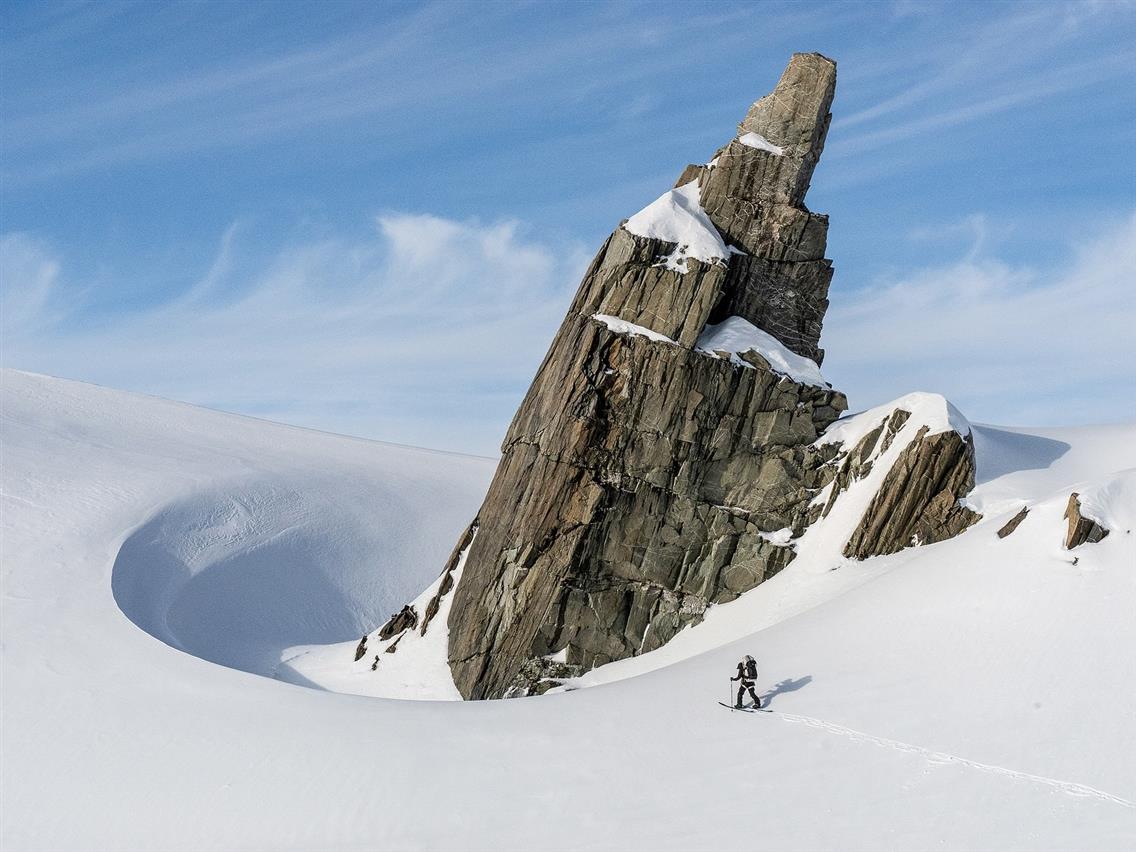
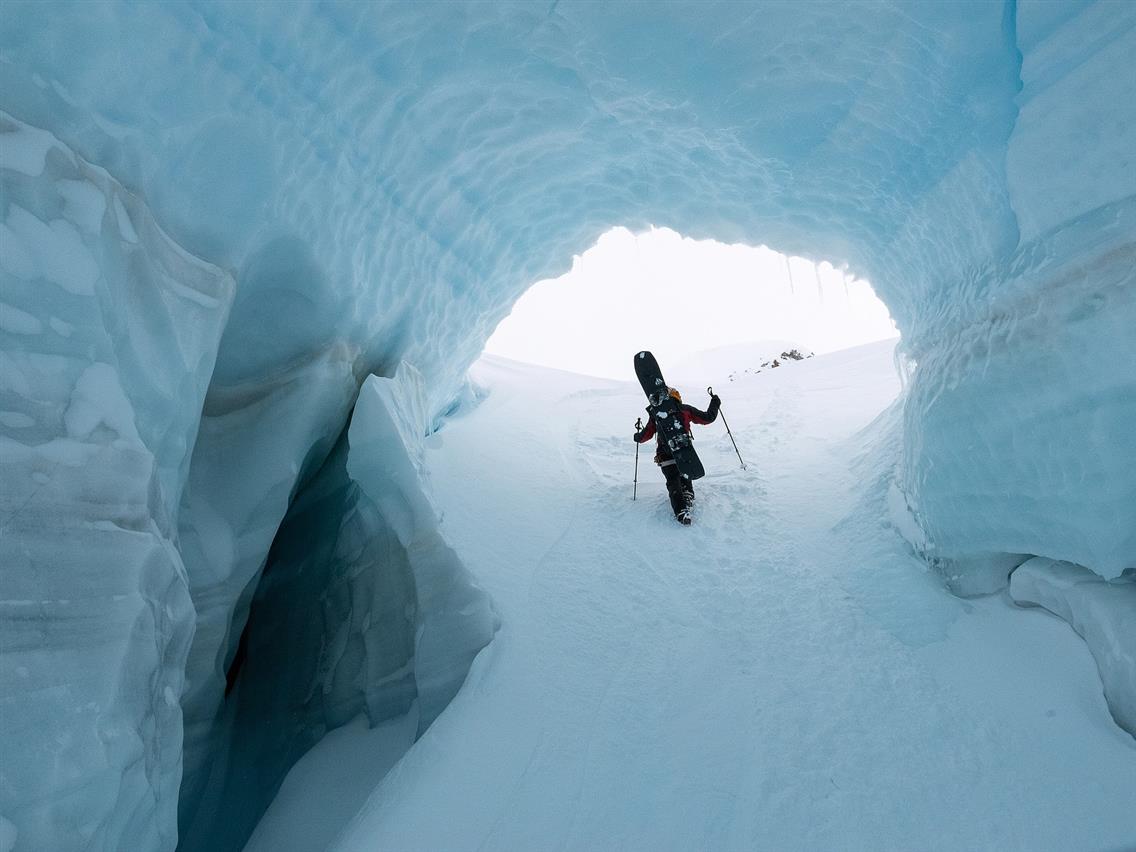
The key is authenticity over aesthetics. A luxury watch photographed in a marble penthouse feels aspirational. The same watch shot in a subway station feels forced. Your environment should feel like the natural habitat of your ideal customer.
Wardrobe Styling for a Shoot that Reflects Fit, Function, and Personality
Menswear styling is architecture. Every layer, accessory, and adjustment serves a structural purpose.
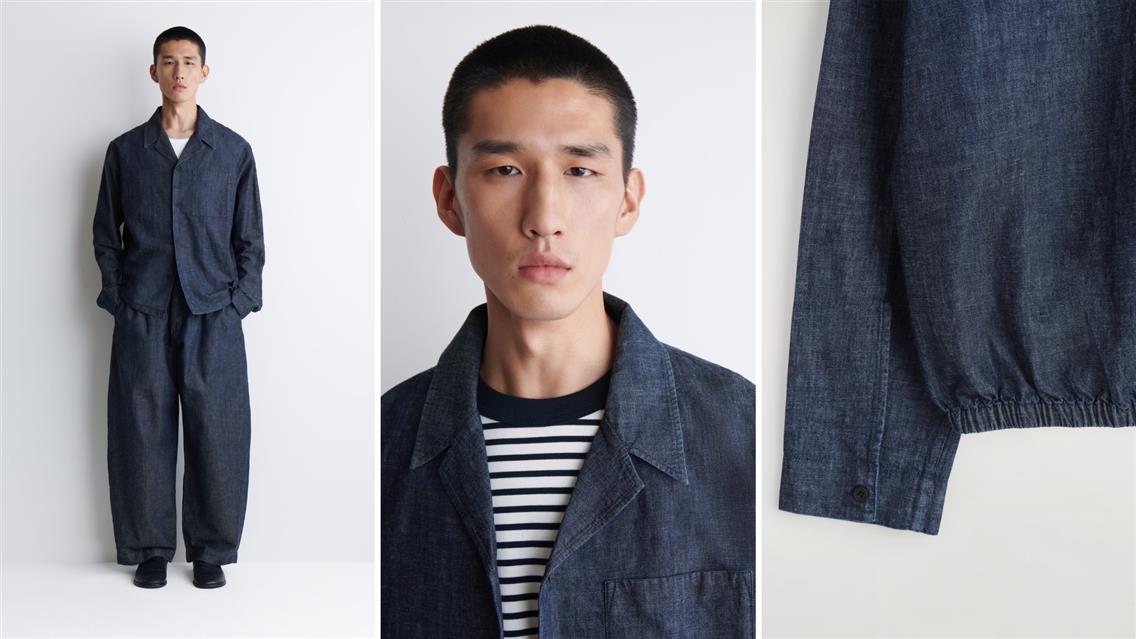
Layering reveals versatility and value. A base layer tee, mid-layer sweater, and outer jacket demonstrate how customers can maximize their wardrobe investment. Show how a single blazer works over a t-shirt for weekend casual and over a dress shirt for business casual.
Accessories provide context and aspiration. A quality leather watch, minimalist wallet, or heritage boots signal the lifestyle your brand inhabits. These details help customers visualize themselves in your world. But avoid over-accessorizing, as menswear styling works best when it feels effortless, not curated.
Tailoring precision is non-negotiable. Poor fit kills credibility instantly. Sleeve length, trouser break, and shoulder fit must be perfect in every shot. Online shoppers scrutinize these details because they can't try items on. A perfectly fitted model builds confidence that your brand understands proportion and quality.
Fit representation saves returns and builds trust. Show how garments move and drape in real scenarios: walking, sitting, reaching. These moments reveal how clothing performs in daily life, reducing the gap between expectation and reality that drives returns.
Casting Men Who Represent Your Buyer
Customers buy from brands that reflect their reality.
| Age diversity expands your market. The 25-year-old tech worker and the 45-year-old executive have different style needs but similar quality expectations. Showing both demographics in your visuals doubles your addressable audience. Brands like Everlane successfully cast across age ranges, proving that good design transcends generational boundaries. | 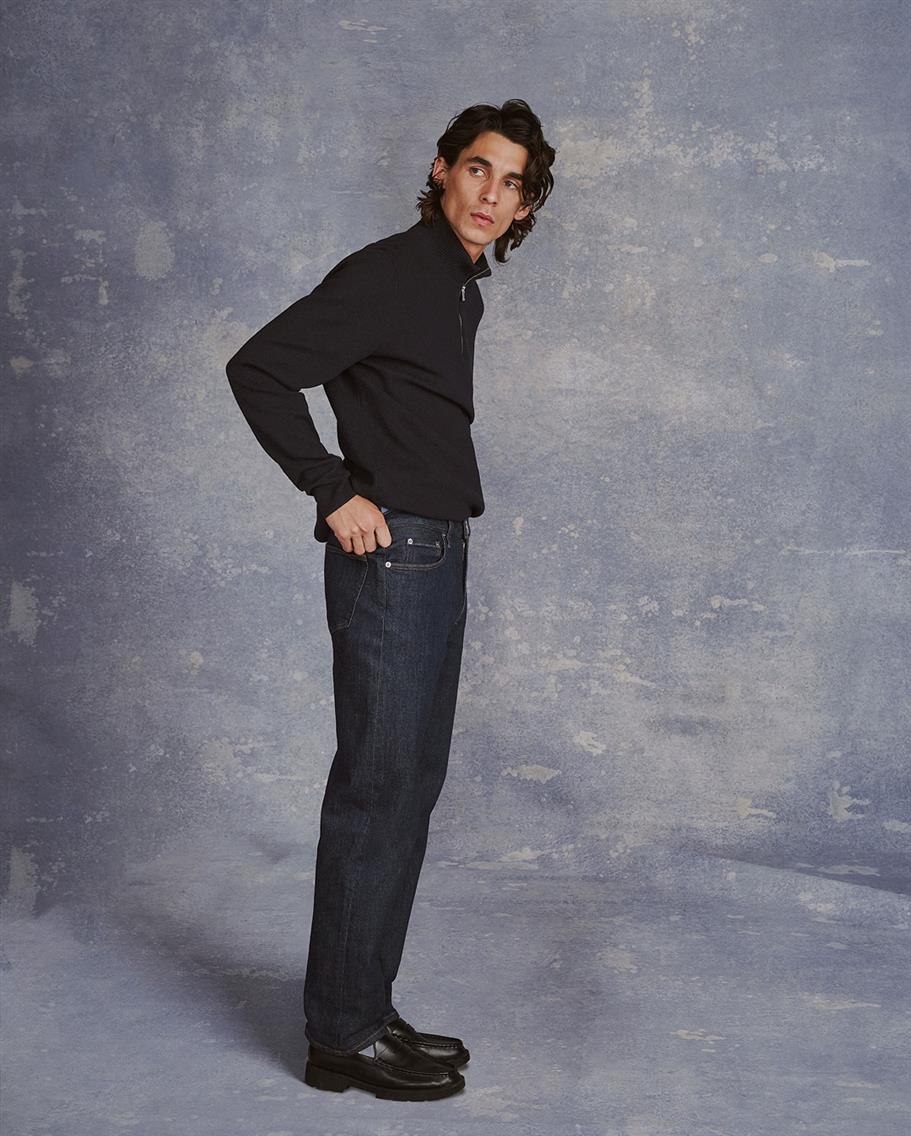 |
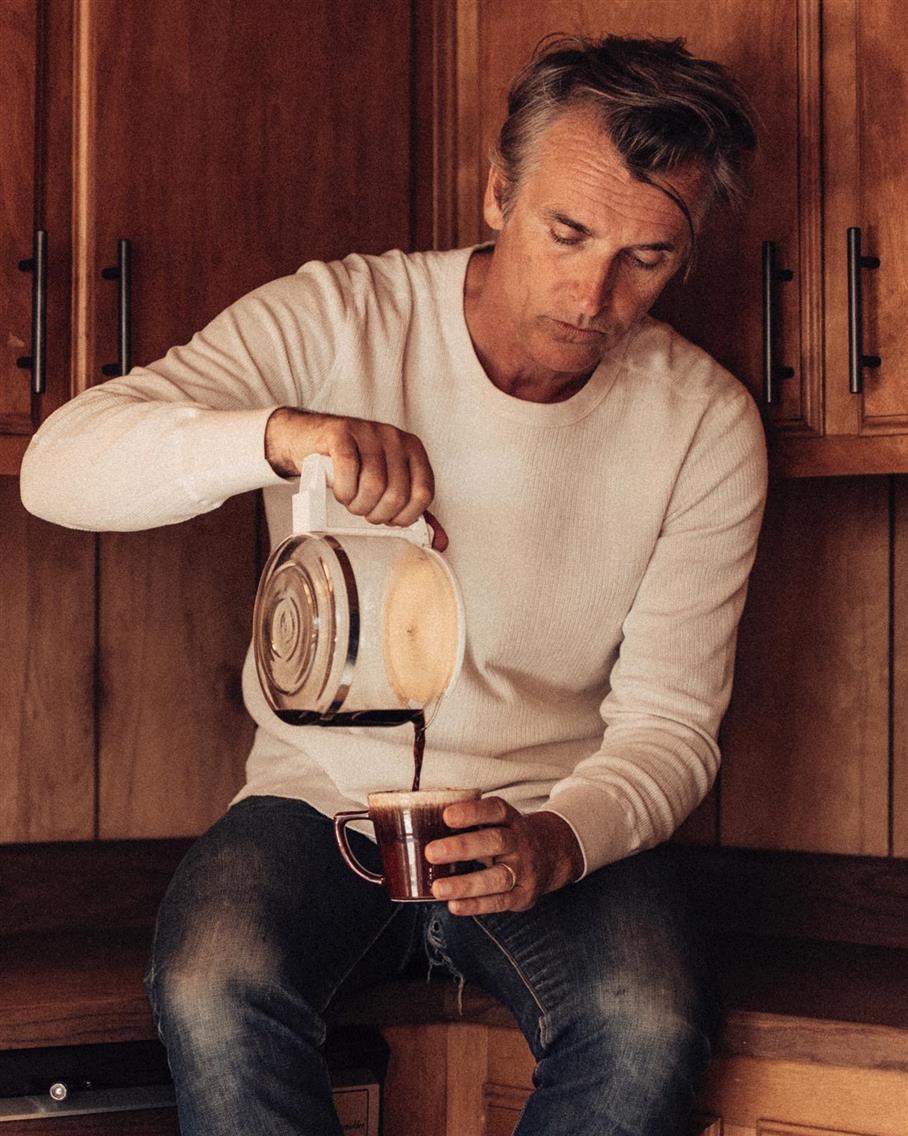 | Size inclusivity drives conversion. When a size-large customer sees only size-small models, doubt creeps in. Will this fit? Will it look the same on me? Brands like Bonobos and Buck Mason showcase their full size range in action, reducing fit anxiety and return rates. |
| Ethnic diversity reflects reality. Modern consumers expect to see themselves represented in brand imagery. When customers see models who look like them, trust increases and purchase likelihood jumps. | 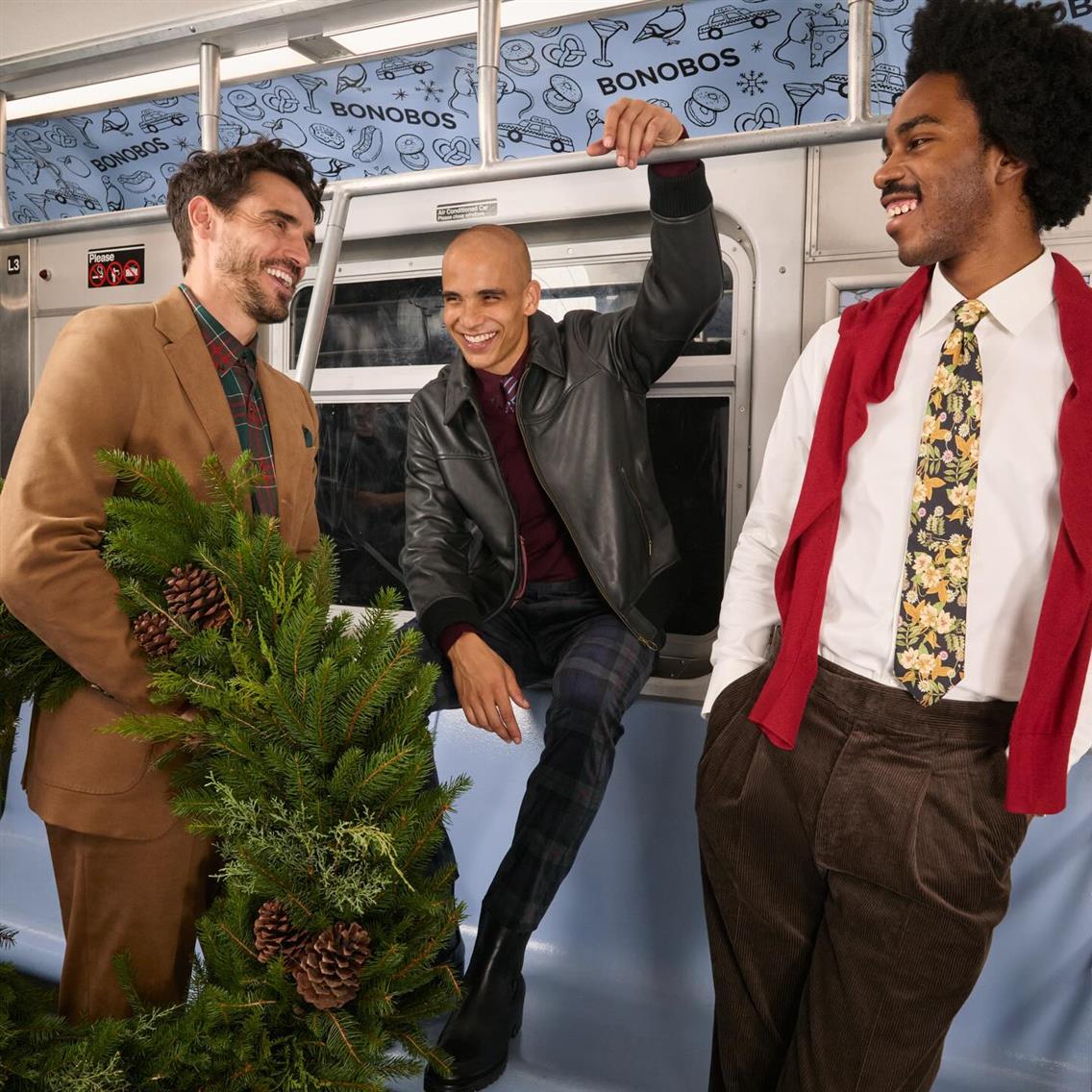 |
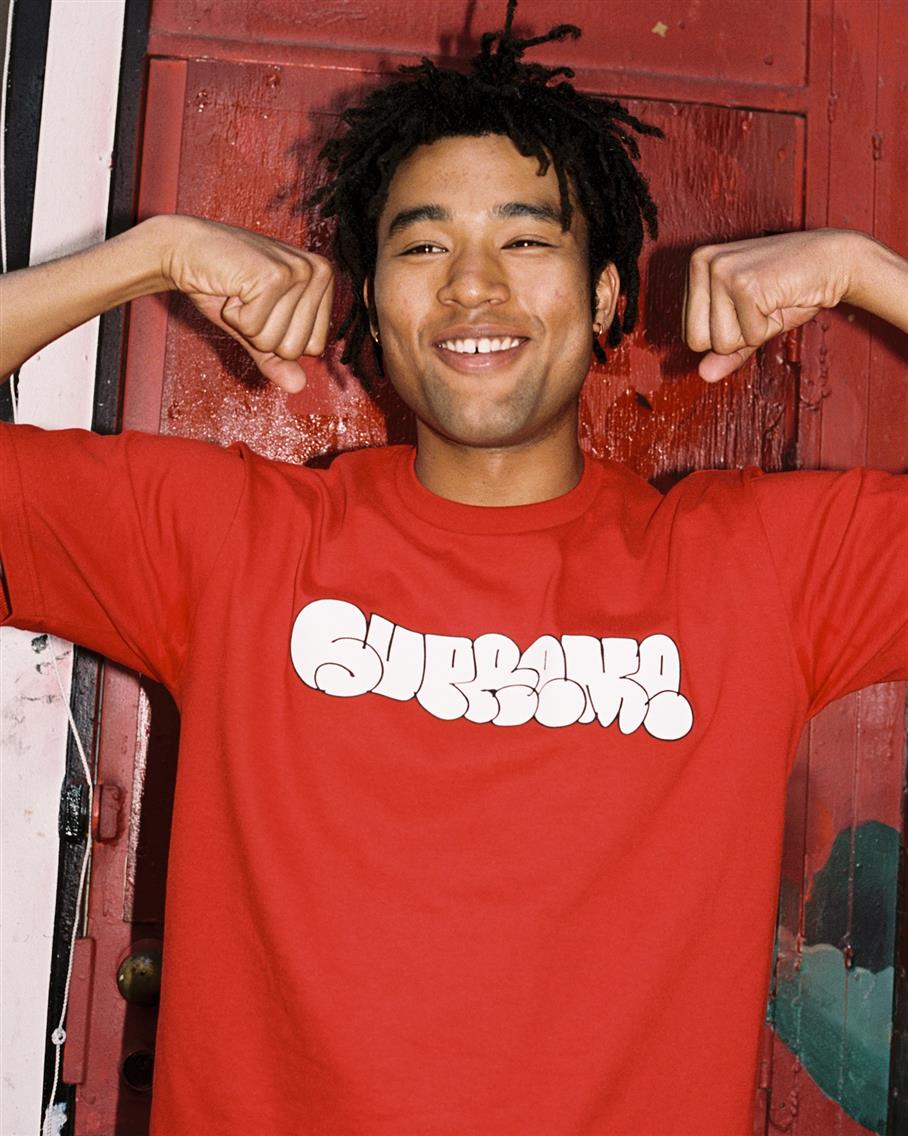 | Vibe authenticity matters most. A rugged workwear brand casting polished male models feels disconnected. A minimalist luxury brand using overly casual models undermines premium positioning. Your models should embody the lifestyle and attitude your customers aspire to or already live. |
Creative Concepts for Modern Menswear Photography
Real Examples from Men's Fashion Brands
Fear of God creates moody streetwear narratives with desaturated colors and dramatic lighting. Models appear in quiet moments like leaning against walls, walking through empty spaces. The neutral palette (greys, blacks, creams) feels timeless while suggesting exclusivity.
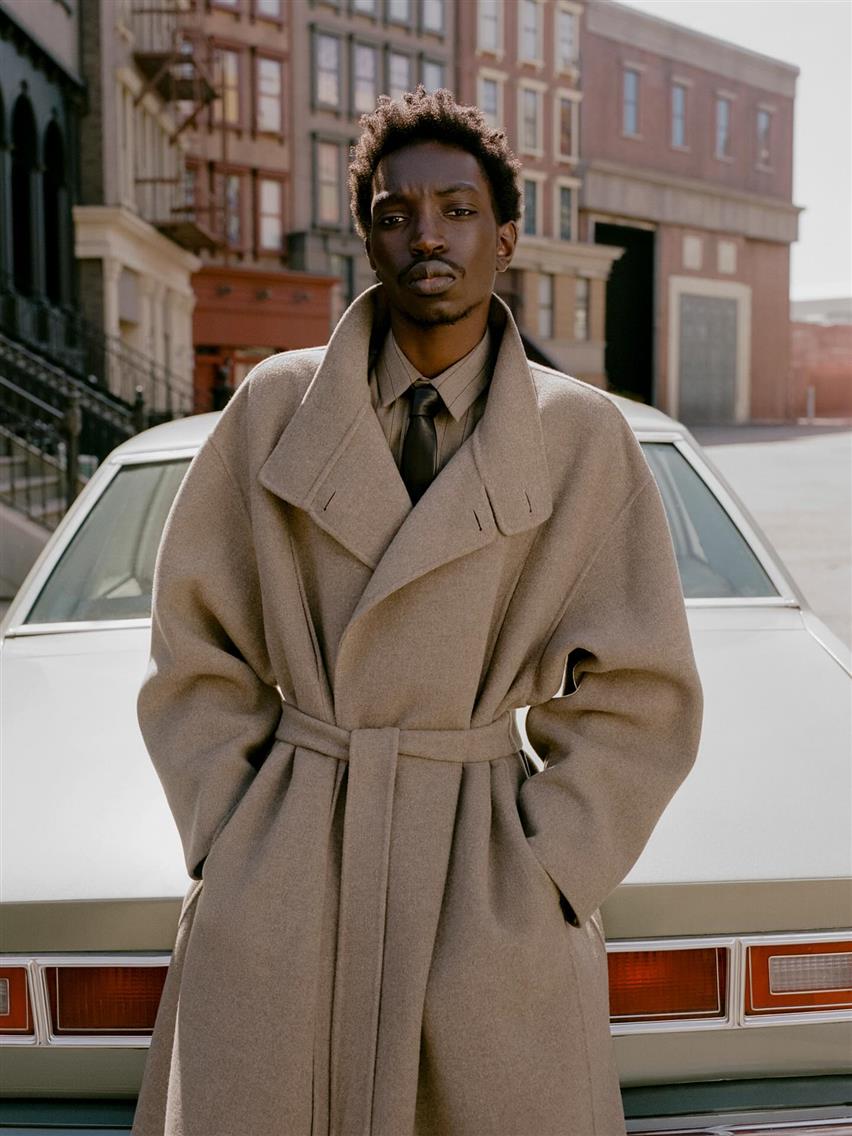
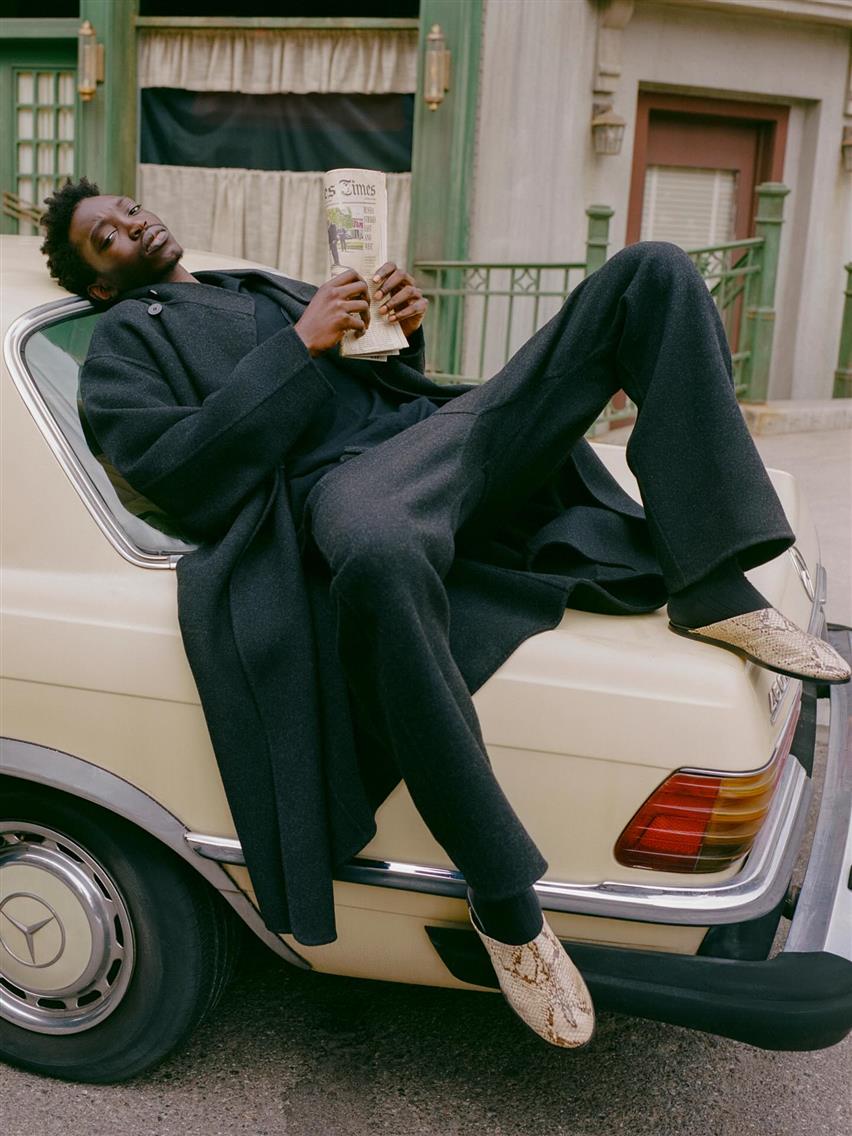
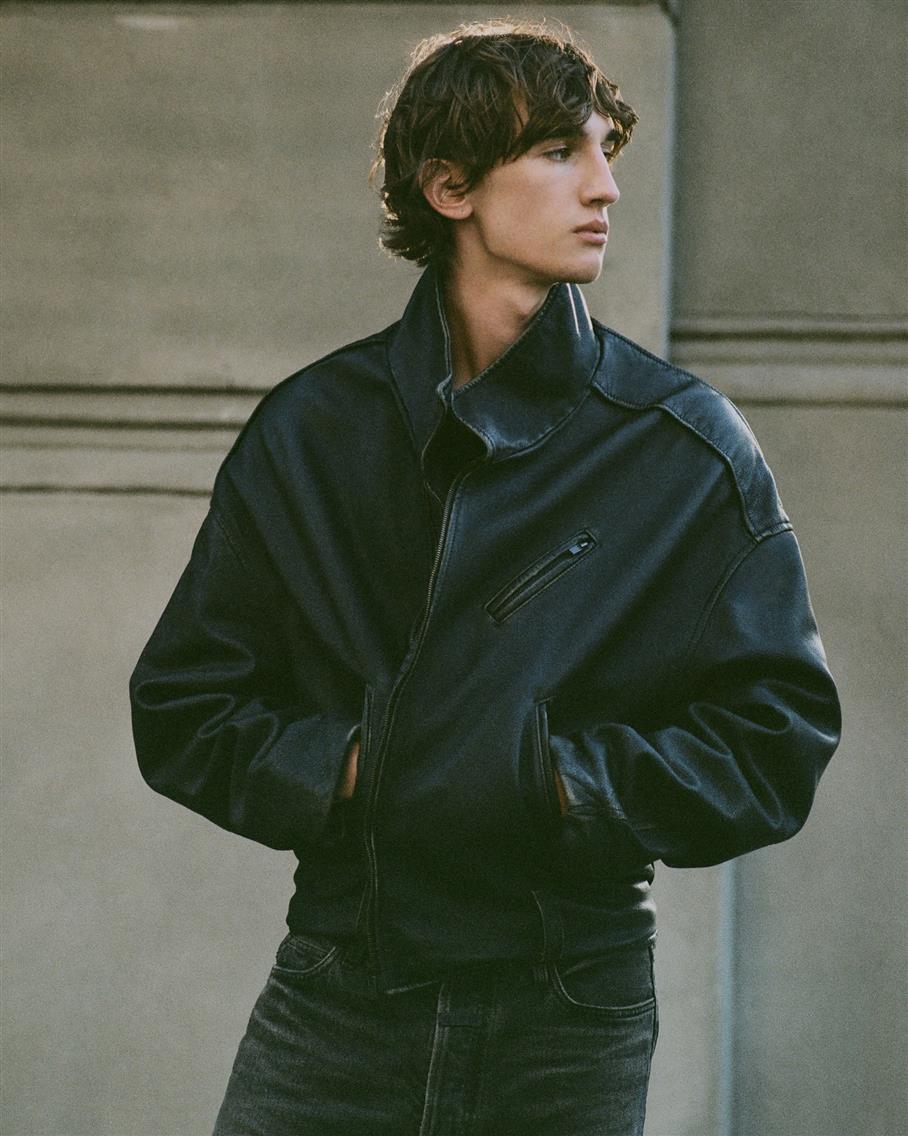
Brunello Cucinelli embodies Italian luxury through warm, cinematic imagery. Men in perfectly tailored garments walk through Tuscan villages or artisan workshops. The earthy color palette (camel, chocolate, navy) reinforces heritage and craftsmanship without feeling pretentious.
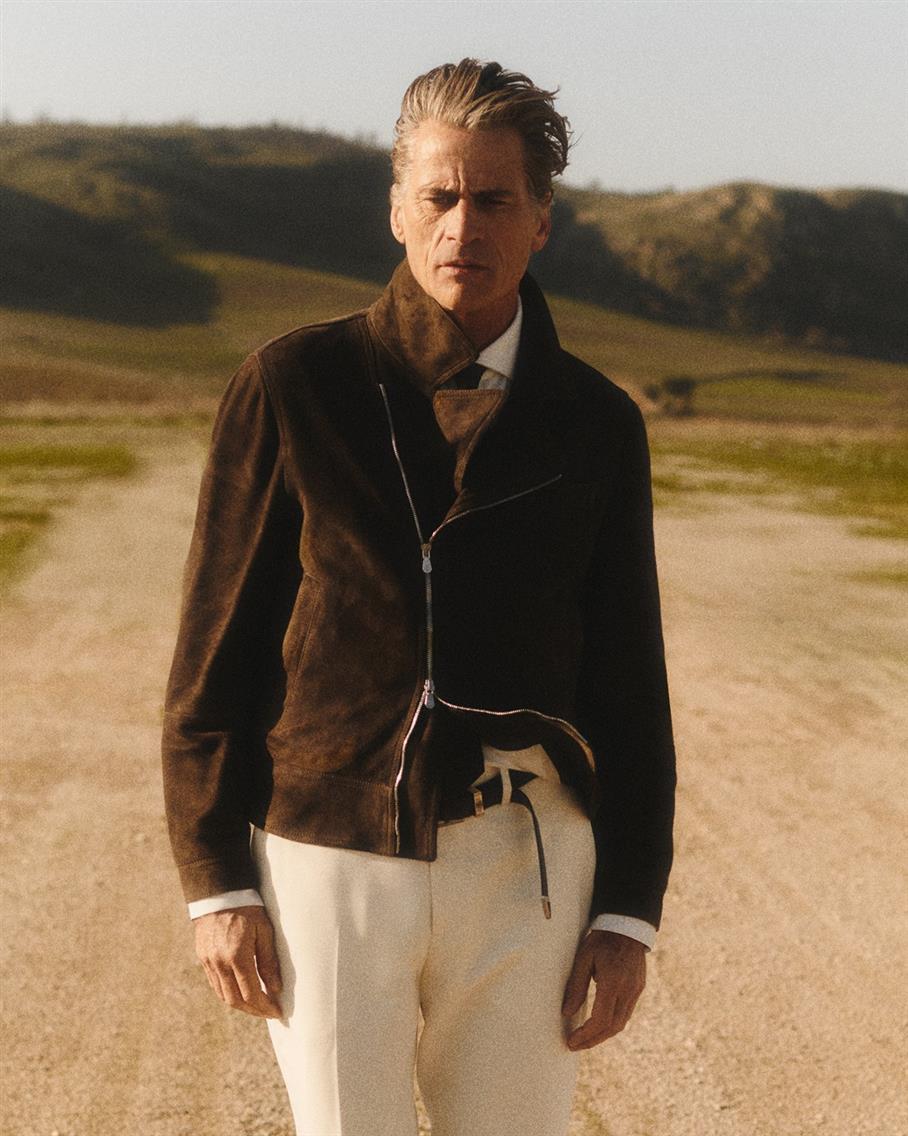
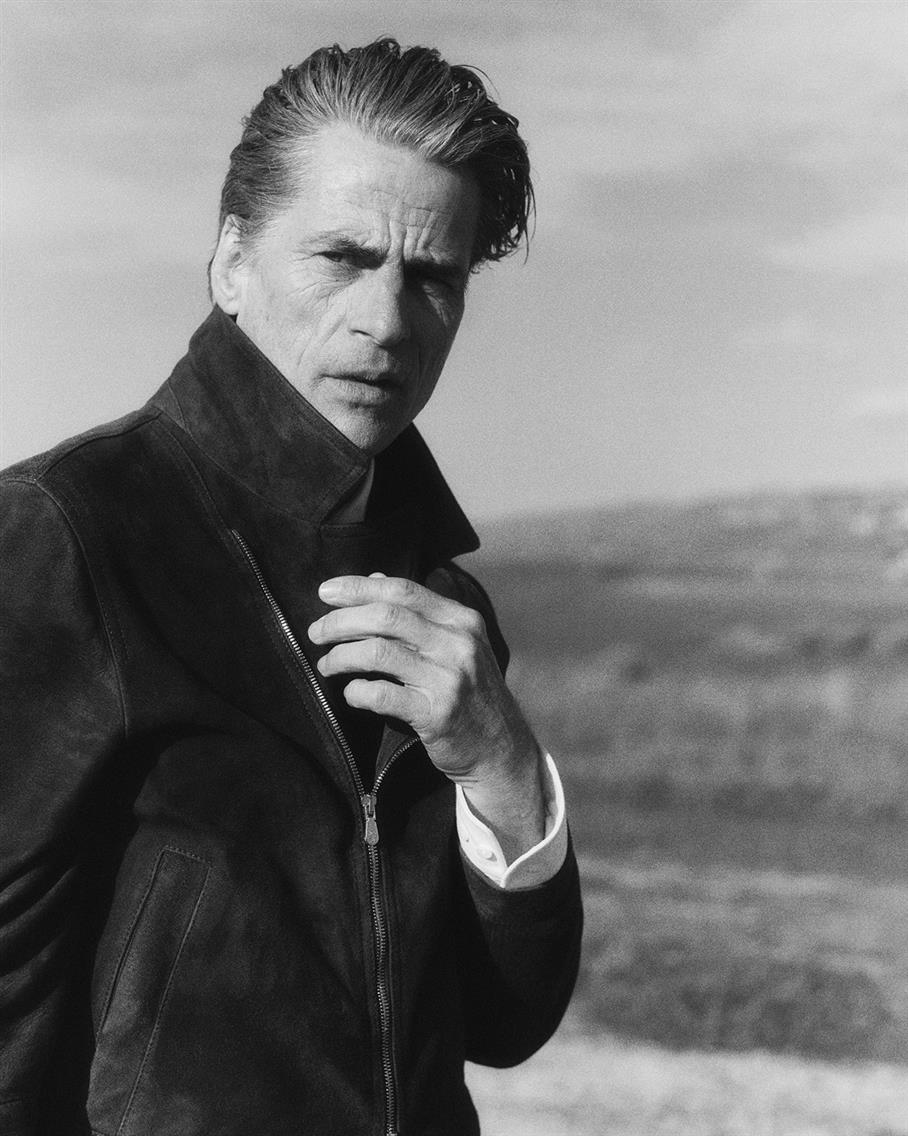
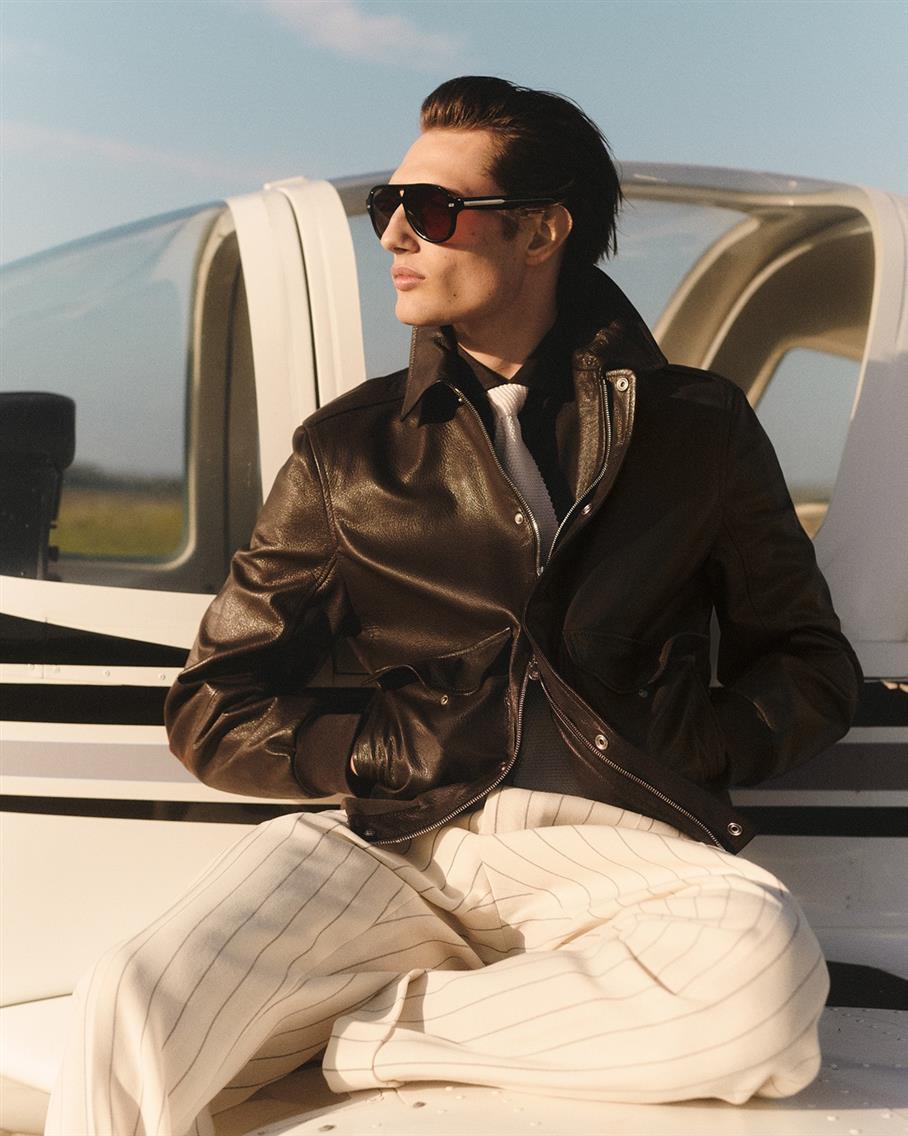
Zegna elevates modern luxury through dynamic movement and natural settings. Their campaigns feature men in motion. Walking confidently through mountain landscapes, driving through scenic routes, or being captured mid-stride in urban environments. The photography emphasizes the performance aspect of luxury tailoring, showing how their pieces move with the wearer. Rich, saturated colors and crisp details communicate both tradition and innovation.
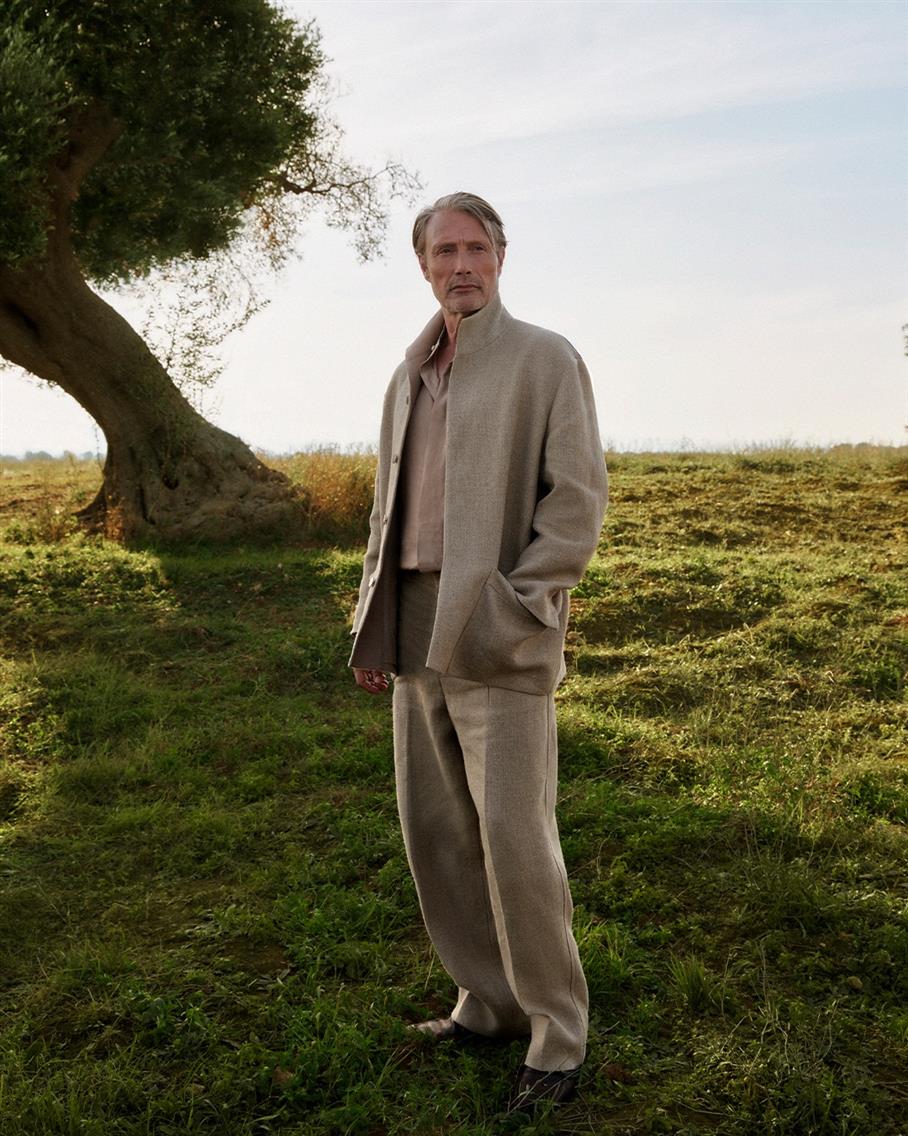
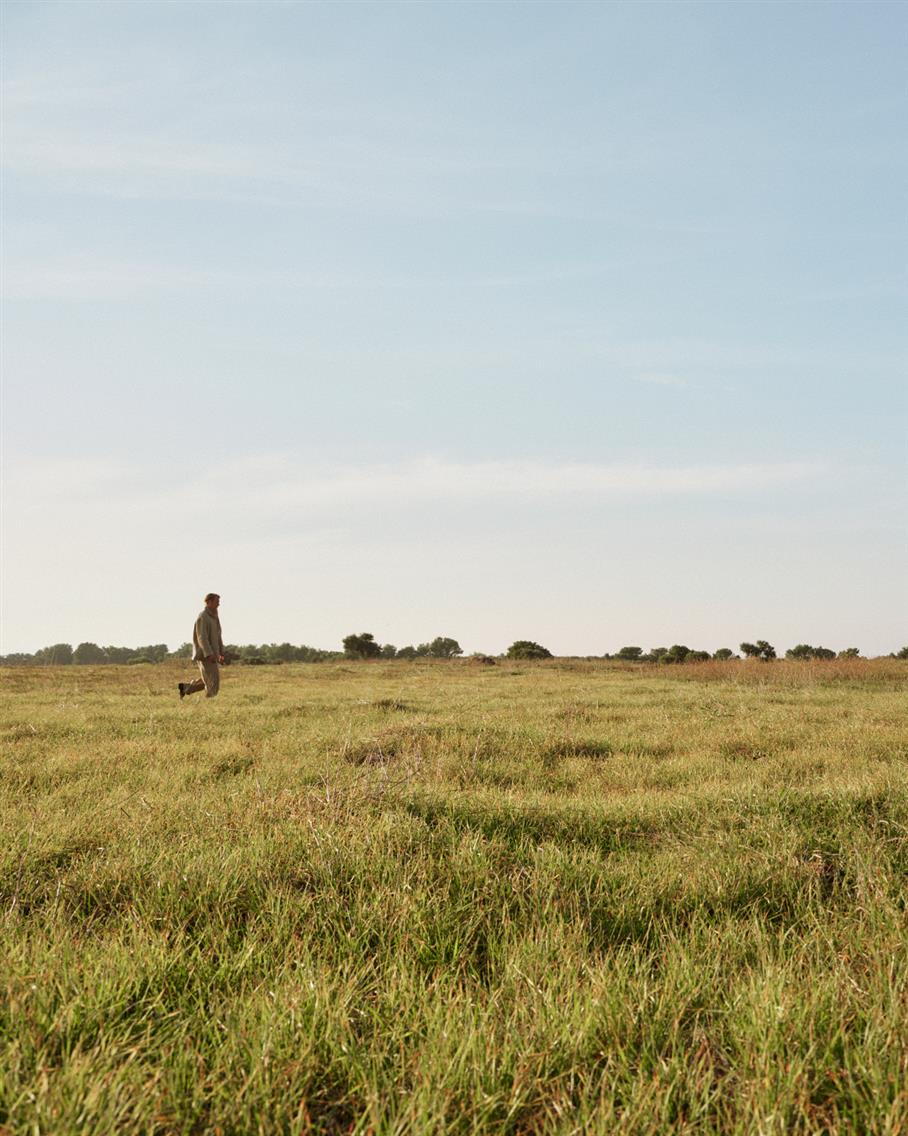
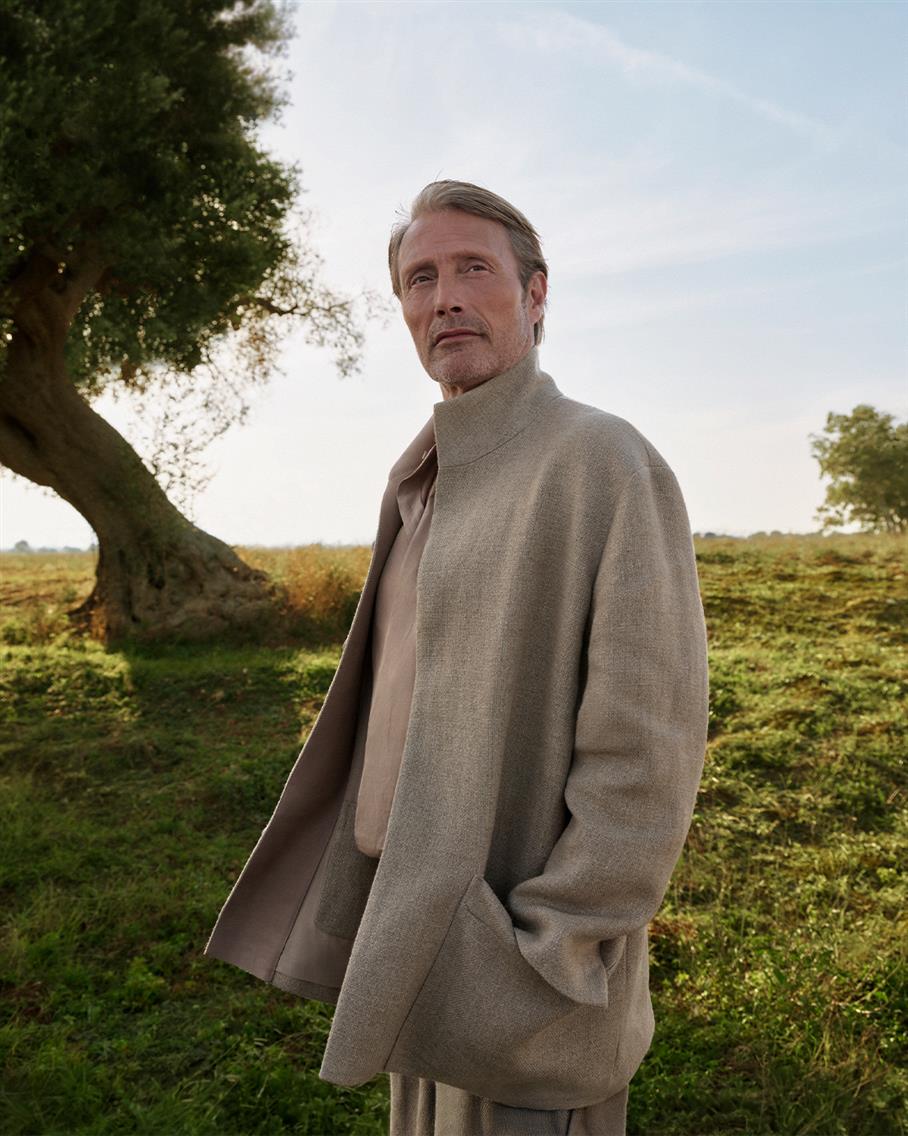
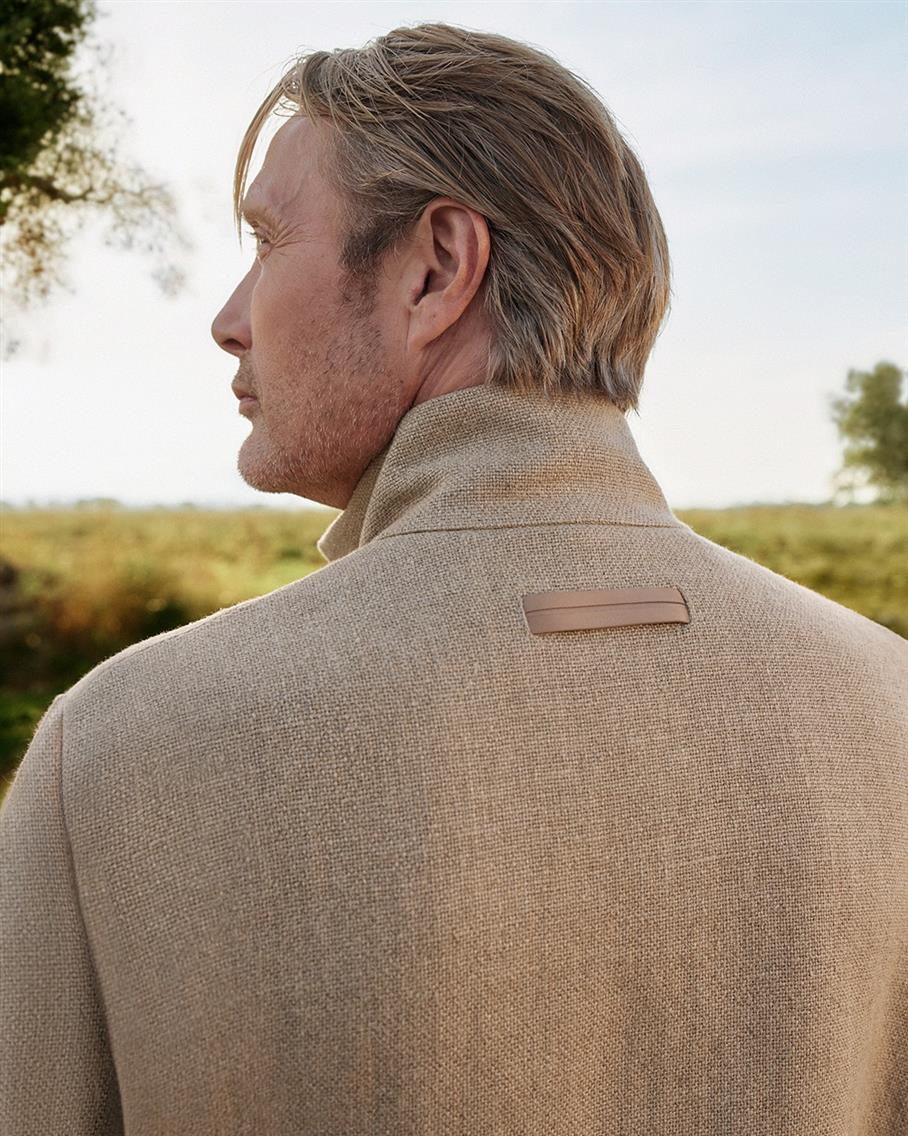
Eme Studios proves emerging brands can compete through bold creative vision. They use geometric compositions, unexpected colors, and real-feeling models. Soft fabrics against hard architecture create visual tension that demands attention.
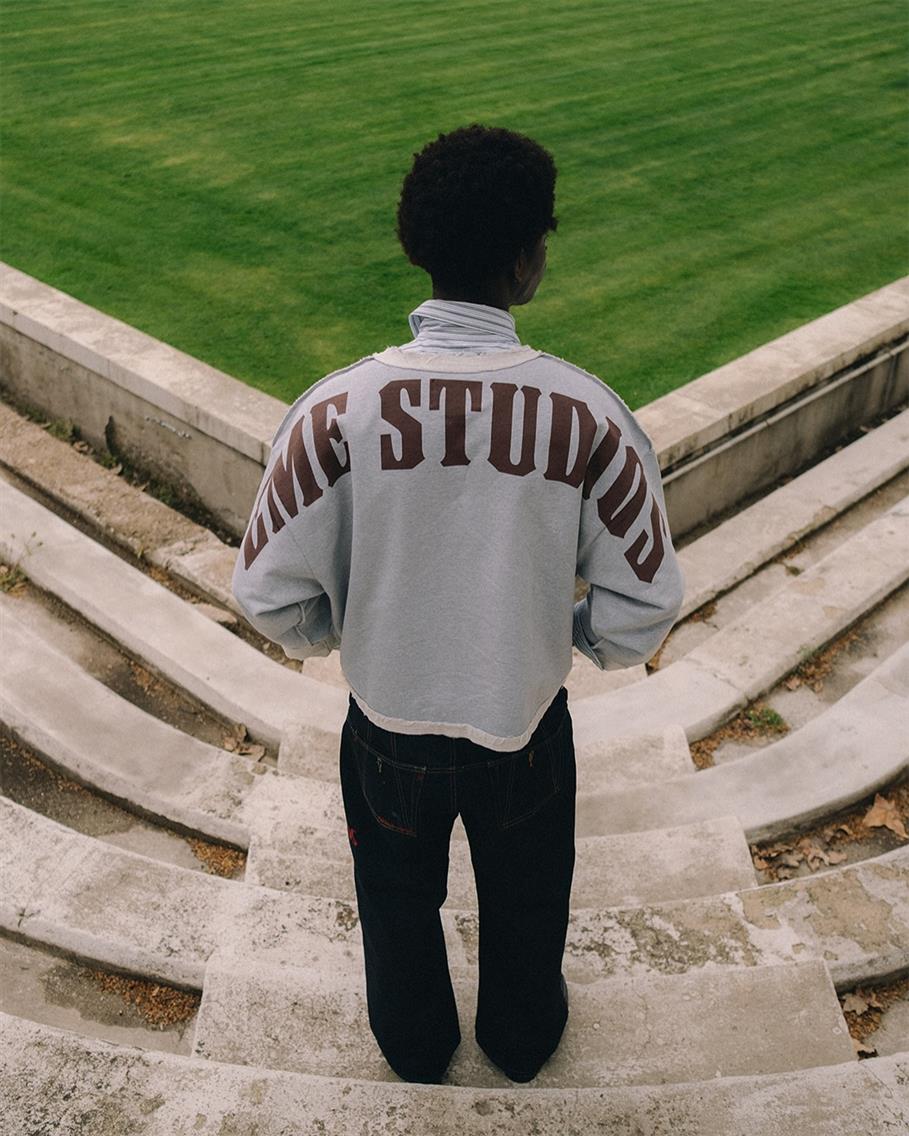
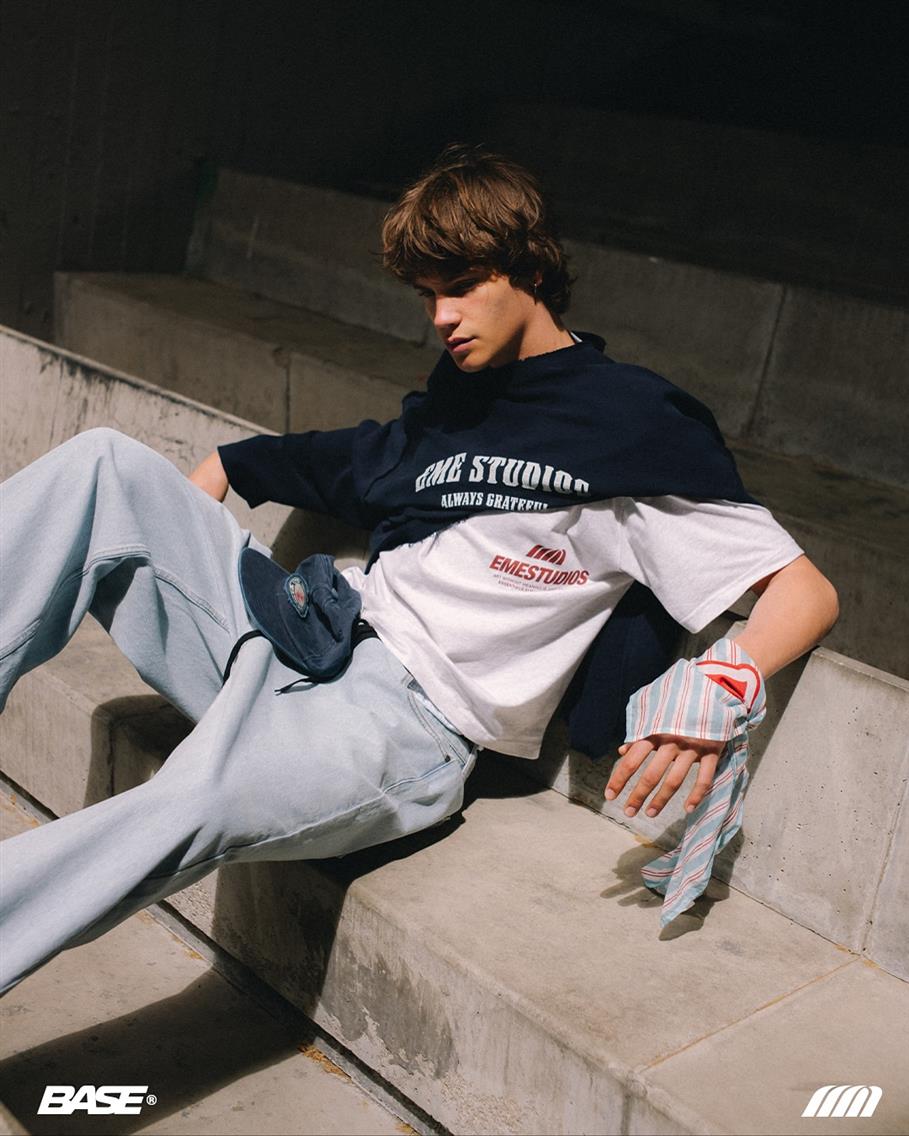
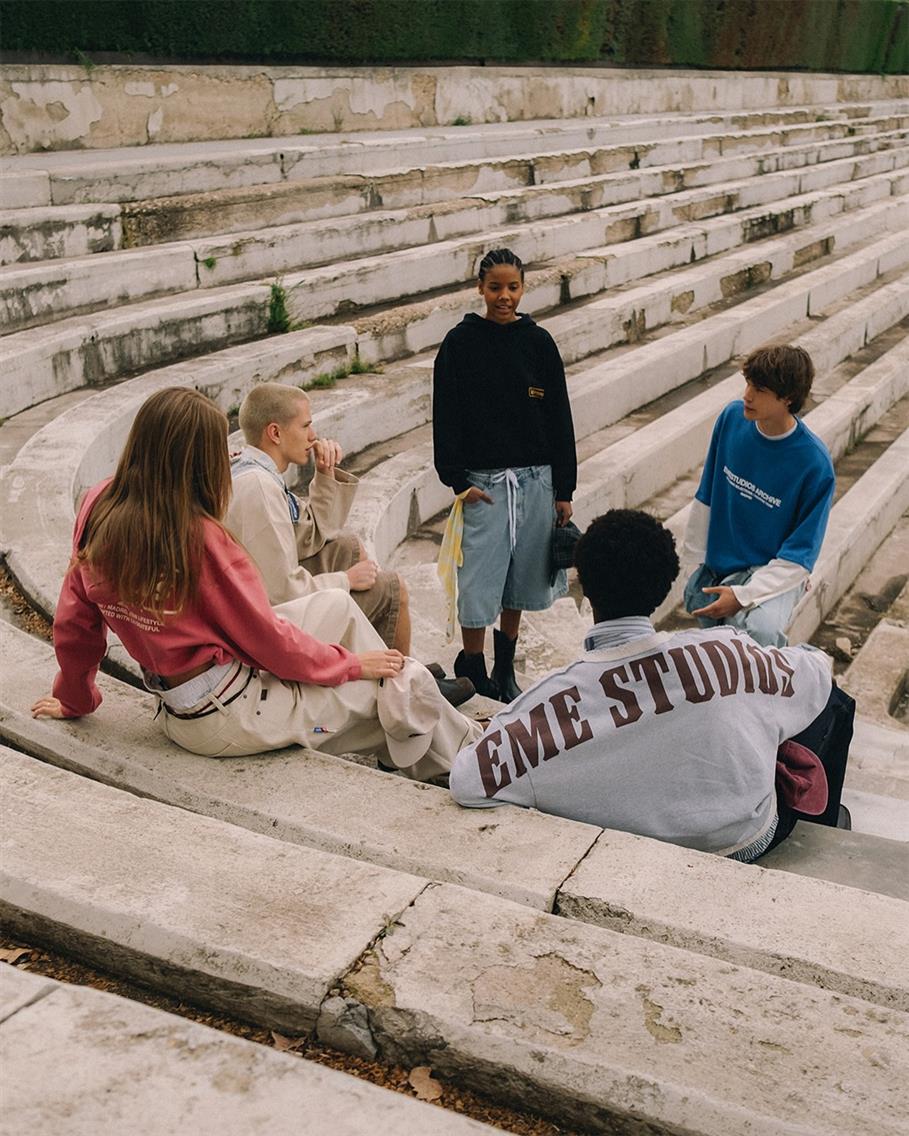
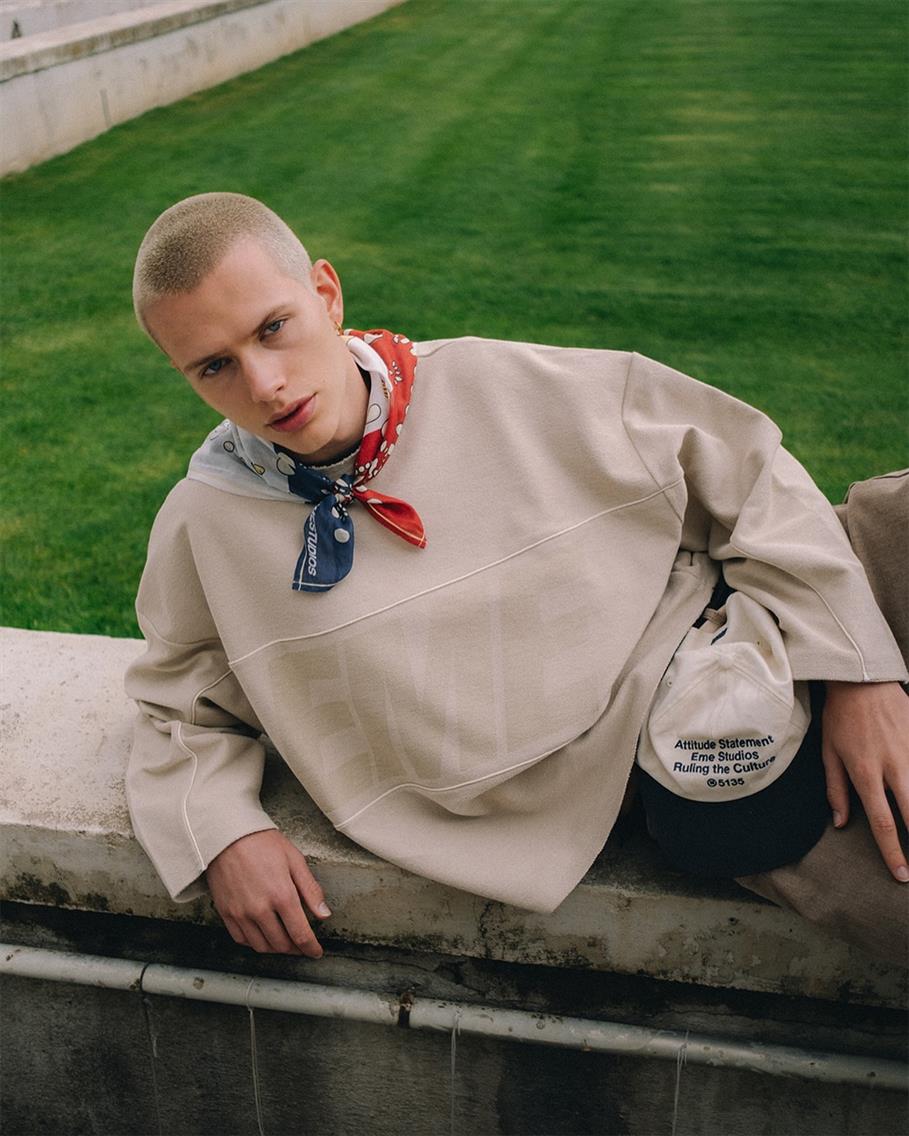
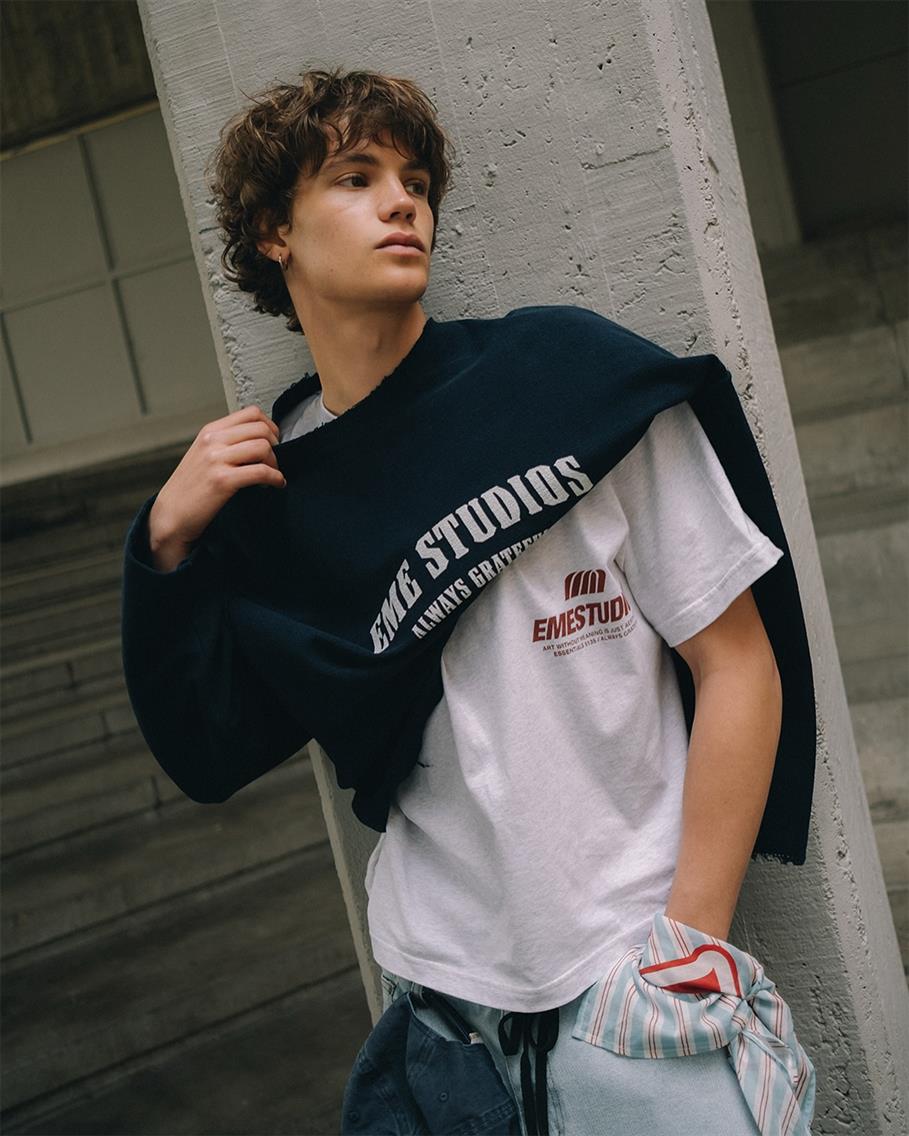
Editorial-Style Shoots for Menswear DTC Brands
Small brands often think editorial photography is beyond reach. This costs them customers.
"Day in the Life" concepts work because they're relatable. Follow your customer from morning coffee to evening plans. Show how pieces transition through real scenarios: the blazer that works for meetings and dinner dates.
Office-to-evening transitions address real needs. Shoot the same model switching from business casual to evening wear. Same chinos, swap dress shirt for Henley, trade blazer for leather jacket. This demonstrates versatility and value.
Fitness with a lifestyle twist elevates activewear beyond gym use. Show post-workout coffee runs, weekend hikes, and casual Friday office looks. This expands your market from fitness enthusiasts to style-conscious men who value comfort.
The secret: authentic storytelling within budget. You don't need exotic locations, but you need clear vision and creative execution that makes customers think, "That could be me."
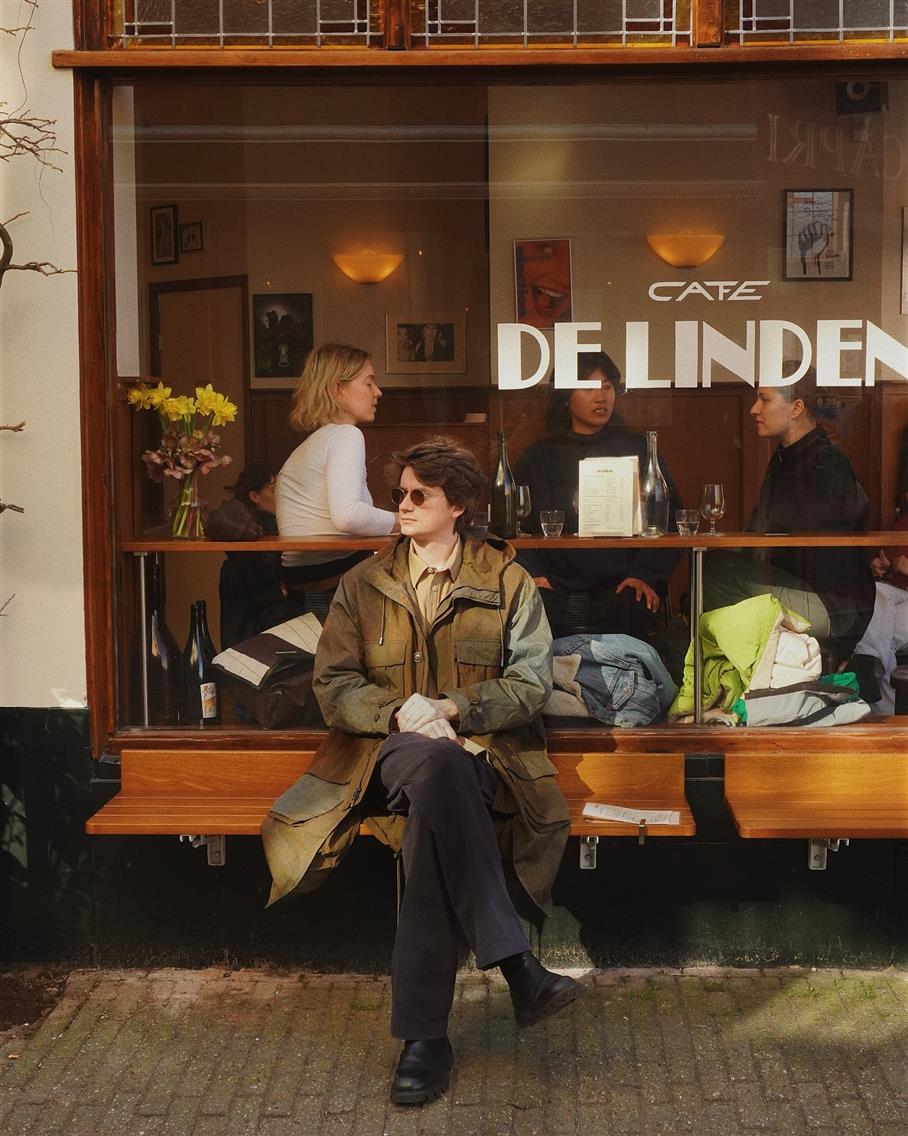
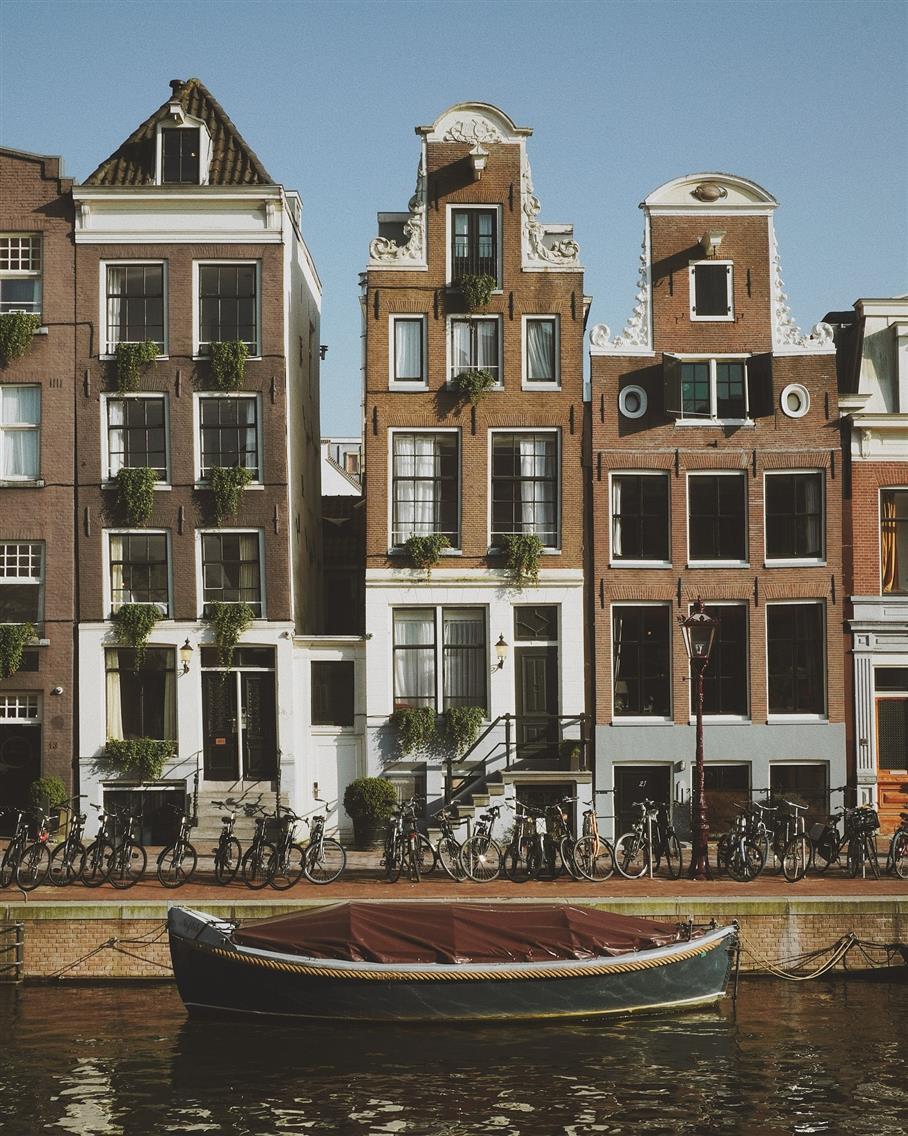

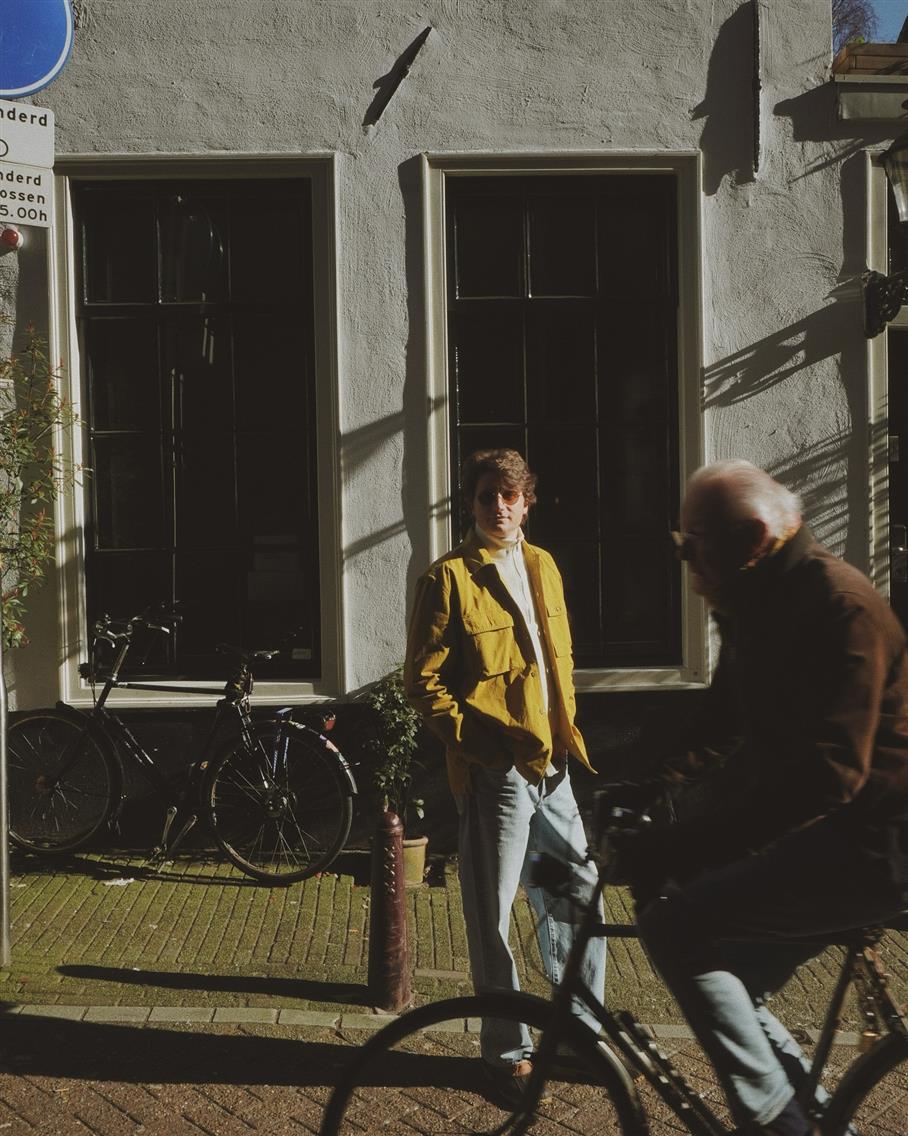
Men’s Fashion Photography Takeaways
To elevate a menswear brand through fashion photography, it is essential to recognize that every image must serve as a powerful, immediate communication tool that captures the unique essence of menswear, from precision tailoring to authentic lifestyle narratives.
By thoughtfully combining storytelling and technical precision, professional studios craft visuals that resonate deeply with brands’ target audience, reflecting their aspirations and identity.
Balancing conceptual campaign imagery with clear, detailed eCommerce shots ensures both emotional engagement and practical trust, while strategic use of on-mode catalog, ghost mannequin, and flat lay photography addresses practical consumer needs.
Meanwhile, authentic casting, location choice, and styling reinforce brand credibility and inclusivity, expanding market reach. Ultimately, fashion photography is about telling a compelling brand story that stops the scroll, builds trust, and drives conversion. Brands that master this visual language set themselves apart and create lasting connections with their customers.
